Are you planning to travel to India? Here’s your complete travel guide
India is frequently referred to as a continent rather than a nation because of its vast and diverse population. India has an unmatched variety of environments, cultures, and people, ranging from the tropical greens of Kerala to the tropical green summits of the Himalayas.
When you visit India, you can interact with followers of many of the world’s major religions, witness temple rites that date back to the Egyptian pharaohs, and visit historical sites built long before the Taj Mahal. It is indeed a nation with a profuse culture, languages, and people.
It is now simpler than ever for foreigners to travel to India. More and more cities are connected by glittering new metro systems, quicker highways, and faster, more luxurious trains. India is a popular destination because of its sophisticated cities like Mumbai, which have numerous restaurants and inexpensive but luxurious hotels.
On the other hand, more than 20% of Indians continue to live in poverty. No other country on earth has as many starving children, uneducated women, or residences without access to clean water or proper garbage disposal as Delhi, Mumbai, and Kolkata do.
According to the Global Multidimensional Poverty Index 2022, between 2005–2006 and 2019–21, 415 million people in India moved out of poverty, with the prevalence of poverty decreasing from 55% to a little over 16% during this time.
But despite all of its disconcerting contradictions, paradoxes, and annoyances, India continues to be an absolutely alluring travel destination. If you’re wondering why you should visit India, believe us when we say that its unique patina has a spell that’s difficult to break the moment you step off the airport. Whether you like it or not, visiting India will change the way you view the world.
Now that we have a vague idea of the country, let us head to the details, facts, and interesting attributes that India can offer a traveller in the form of hospitality, food, music, dance, places, and shopping. Here’s a complete travel guide for India and a full-length informative blog on India’s travel destinations.
Some Travel Facts That You Need To Know About India
- Although India speaks 22 languages, the most widely used language is Hindi.
- The official unit of currency is the Indian rupee.
- India has a population of 1.3 billion.
- Delhi is the capital of India.
- The number of visitors to India who arrived in October 2022 was 656,895, up from 536,340 in the previous month.
- The World Bank increased its 2022–23 GDP prediction from 6.5–% (in October 2022) to 6.9–% in light of India’s good performance in the second quarter (July–September) of the fiscal year 2022–23.
- India is a federal parliamentary democratic republic where the Prime Minister of India leads the government, and the President of India serves as the head of state.
- India, which spans more than three million square kilometres, is the seventh-largest country in the world.
- India is home to 40 UNESCO World Heritage Sites. The most recent additions to the list under “Cultural” are Dholavira and Ramappa Temple.
- Only a few of the 22 languages spoken include Assamese, Bengali, Bodo, Dogri, Gujarati, Hindi, Kannada, Kashmiri, Konkani, Maithili, Malayalam, Manipuri, Marathi, Nepali, Odia, Punjabi, Sanskrit, Santali, Sindhi, Tamil, Telugu, and Urdu. More than 40% of people in India speak Hindi, and English is also frequently used.
- With around 1.4 million employees, Indian Railways is the country’s largest employer.
- Producing 1,900 movies each year and turning over US$4 billion, India’s film industry is the largest in the world. Bollywood is a common moniker for popular Hindi-language movies. Bollywood, which is mostly located in Mumbai, produces at least 800 films a year and sells four billion tickets.
Which Places To Visit In India
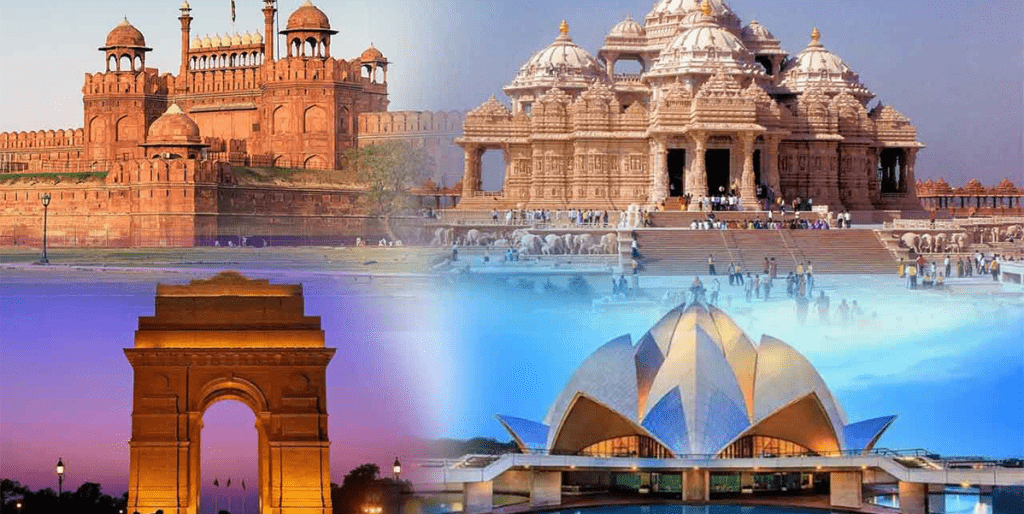
There are 29 states in India, with palm-lined beaches and rainforests in the south and notable Mughal Empire landmarks and mountain ranges in the north.
It’s doubtful that you will visit India for the first time and see the entire nation. To make the most of your time, it is preferable to concentrate on a small number of areas and give them proper attention. You can choose your own pace and travel to specific locations in accordance with it.
Cities in India like Mumbai, Delhi, Jaipur, Hyderabad, and Chennai are unquestionably exciting, adrenaline-filled locations. However, one can travel through India for a considerable amount of time without ever entering one, instead wandering through the more tranquil rural parts.
The most popular route in the nation, the Golden Triangle, takes you past imposing structures and tranquil scenery. Delhi, Agra, and the Pink City of Jaipur are all covered here.
Due to its combination of captivating desert scenery and distinctive cities, the state of Rajasthan is frequently the most well-liked by tourists, but those who have more time can see a variety of other regions of India.
On the other side of the nation, the palm-lined coasts of Goa draw large numbers of both local and foreign visitors to their vibrant beach resorts. Some of India’s best tropical beaches, tea and spice plantations, and national parks with elephants, tigers, and monkeys may all be found in Kerala, a more sedate state just down the coast.
When is the best time to travel to India?
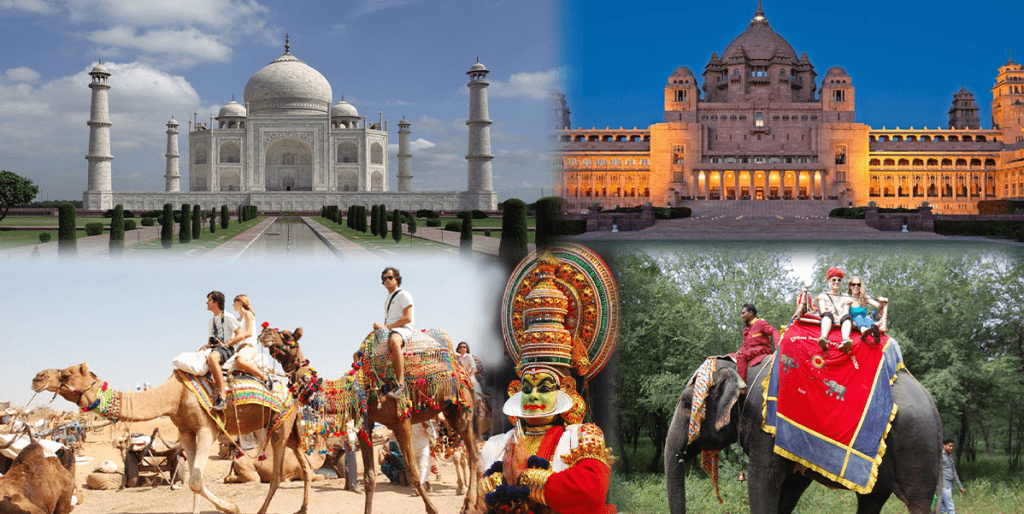
Deciding when to travel to India might be challenging due to its widely diverse weather. The monsoon season, which is hot and muggy, and the dry, cool season are the two distinct seasons in India.
There is a monsoon season from May to September. As it moves northeast through India from the Keralan coast, it has a significant impact on travel there. The south is still experiencing a few months of cloud cover, rain, and humidity at this time.
India is, therefore, best visited between November and March, when the weather is generally pleasant, and the country as a whole is at a reasonable temperature. For a trip to India during this time, Delhi, Agra, Rajasthan, and Varanasi are ideal, while Goa and Delhi are a touch cooler.
It’s better to stay away from the south during this time of year; Kerala or Tamil Nadu are the ideal places to be from January to March. The south may get quite hot, and while it’s usually intense, the months of May and June are terrible.
The best time to visit the Himalayas is from March on, with peak hiking season occurring in August and September. This is because the rest of the country is very damp during this period. Learn more about the best times to visit India and India’s travel destinations.
The Best Way To Reach India
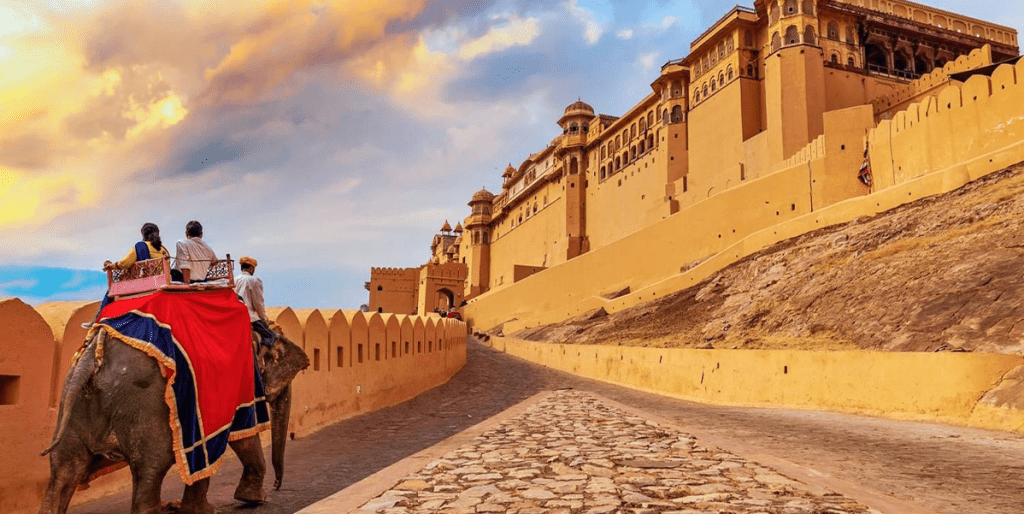
The majority of visitors arrive in India by plane, and it’s easy to locate reliable flights: there are many direct flights from the UK, a handful from the US and Canada, and two from Australia. Numerous airlines offer flights to India, and these flights often land in Delhi or Mumbai. You can also go directly from the UK to Chennai, Hyderabad, and Bengaluru.
Seasonal changes in prices affect all destinations. The ideal months to visit the majority of India are typically November through March when prices for travel there are at their lowest.
The least expensive times to book flights are in the low season, which is June and July, and the shoulder seasons, which are April through May and early August. Remember that during India’s major holidays and events, such as Diwali in October or November, plane fares are higher. Visit our page on getting to India for additional information.
How to navigate India
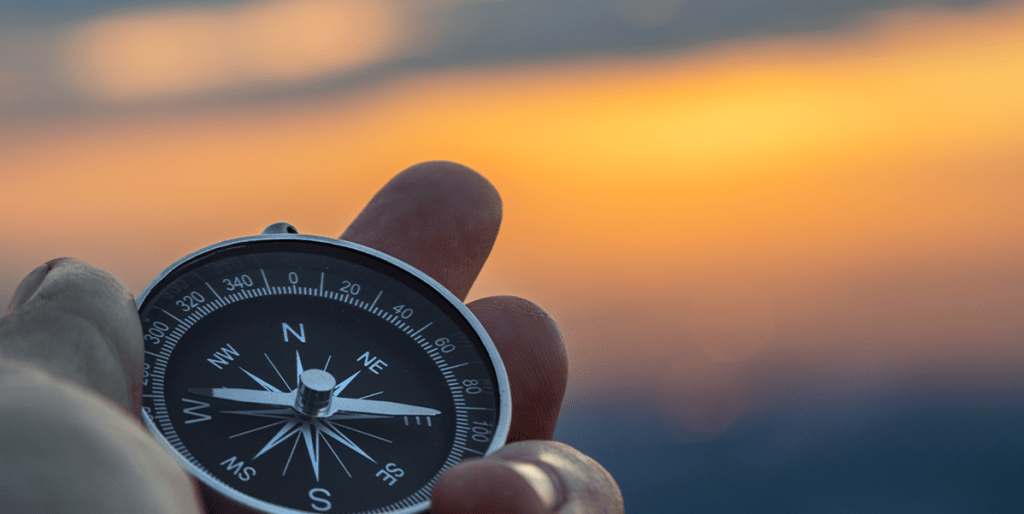
Once in India, getting around requires some forward planning and is another thing to get your head around. Although not the most comfortable, swift, or effective mode of transportation in India, intercity travel is nonetheless reasonably priced.
There is probably a way to get anywhere you need to go. The two main options are rail or bus, though occasionally a plane or boat is also a possibility. Within cities, rickshaws and metro systems are also options.
Use reasonably priced long-distance trains for longer trips; the rides are an adventure in and of themselves. The higher grades of carriage offer a more comfortable and hassle-free ride if you’re willing to spend a bit extra for them.
For travellers from India, inexpensive short-haul flights are another excellent choice.
Top ten destinations in India
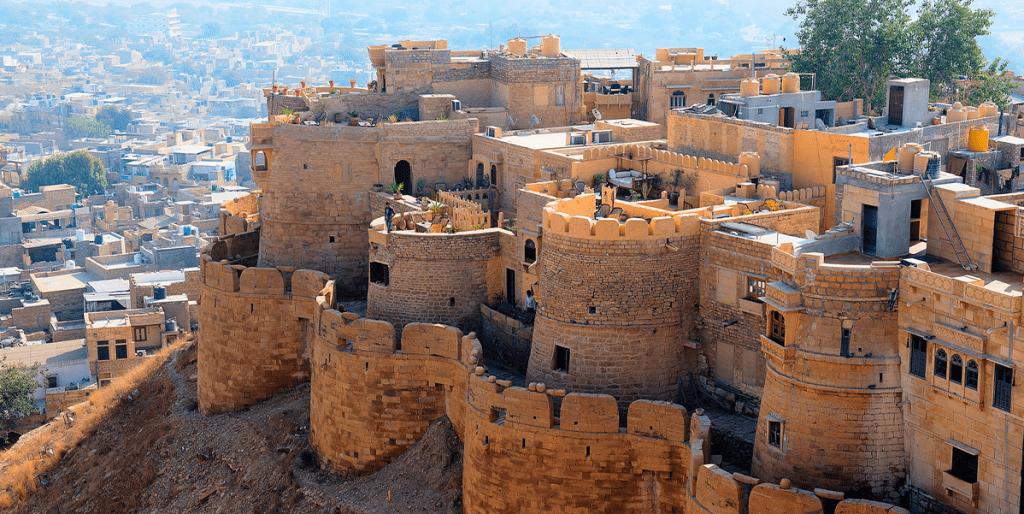
Jaisalmer
The epitome of a desert town, Jaisalmer is situated in western Rajasthan. The moniker “Golden City” comes from the golden sandstone buildings that soar over the Thar Desert’s environment. Despite an increase in commercialism in recent years, it continues to be one of India’s most well-known and worthwhile tourist sites, with its bazaar maintaining a vibrant, interesting, and distinctive location. Hence, it can be added to the top of Indian travel places.
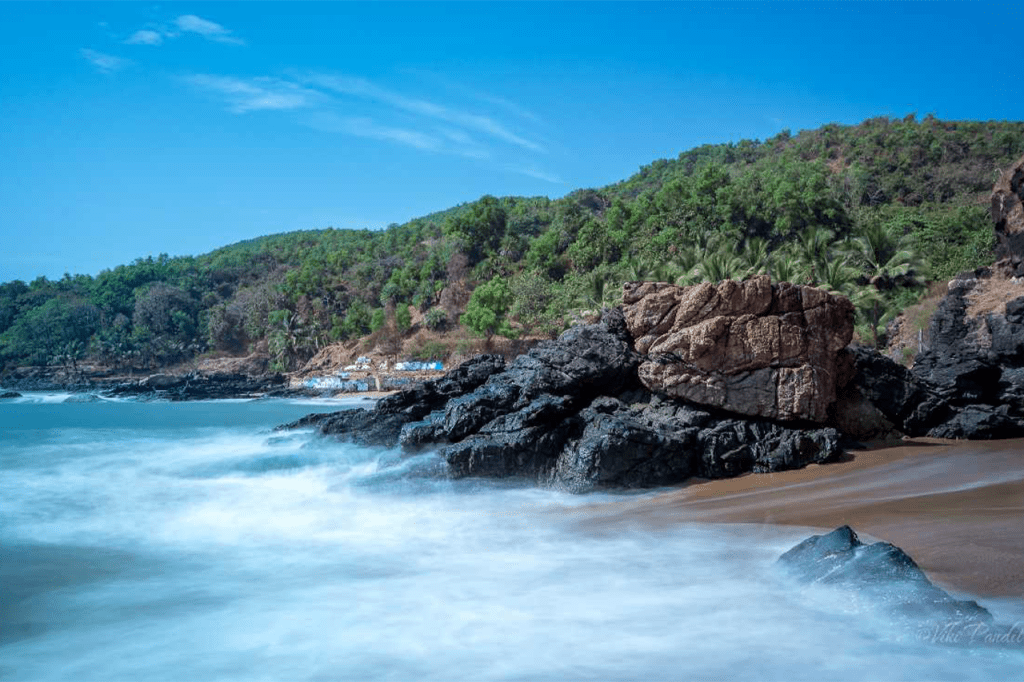
Gokarna
Gokarna, a town between lovely beaches and the Western Ghats highlands, is located north of Mangaluru. With holy places like the Mahabaleshwar Temple, it has always been a popular pilgrimage destination for Hindus, but since the 1990s, it has drawn tourists in preference to Goa because of its charm and beaches, making it one of India’s travel destinations that are most favoured by tourists.
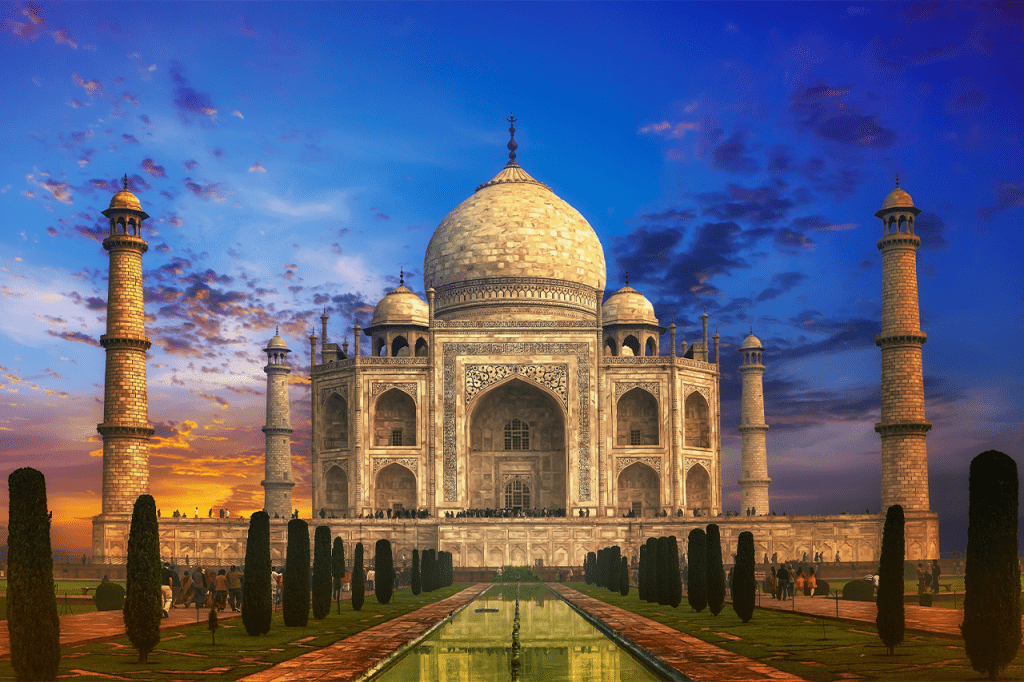
Taj Mahal
The Taj Mahal, a landmark that is known around the world, is one of the grandest structures ever built and the pinnacle of all symbols of love. Arjumand Bann Begum, also known as Mumtaz Mahul, “Chosen One of the Palace,” was Emperor Shah Jahan’s favourite wife and the inspiration behind the elaborate plan to enshrine her. Early in the morning, when there are fewer people around, and the Taj Mahal is bathed in a beautiful crimson glow, is the perfect time to visit. Everyone understands why it is still one of the most popular travel destinations in India.
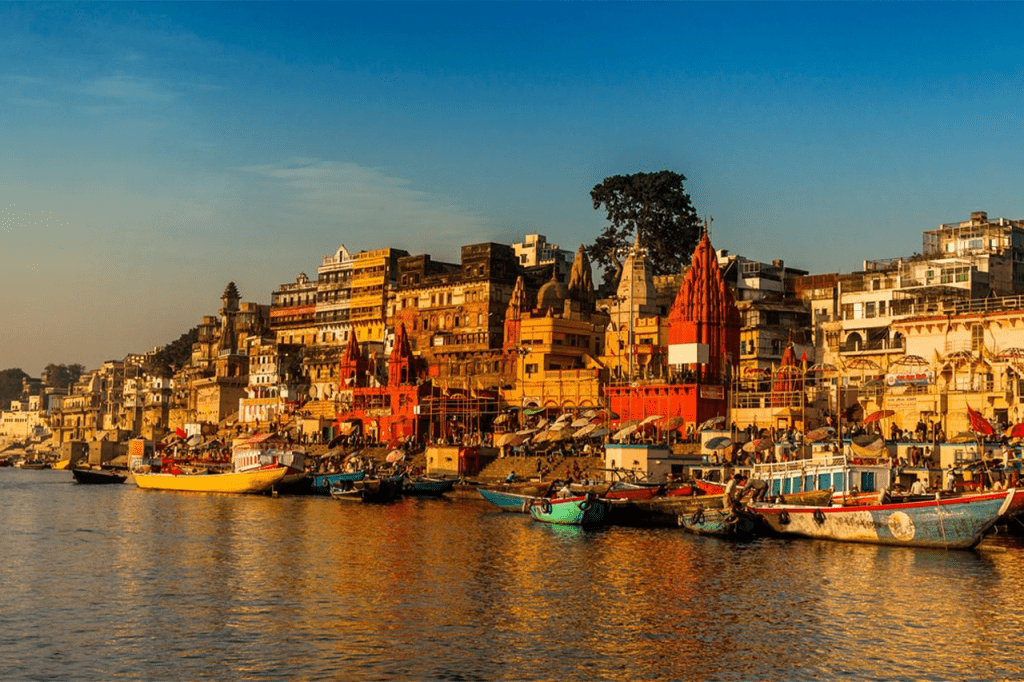
Varanasi
One of the oldest continuously inhabited cities in the world is Varanasi, also referred to as the City of Light. Its Hindu past is deeply ingrained, and it is still a holy location close to the Ganges river. For their daily rituals, thousands of pilgrims visit the ghats.
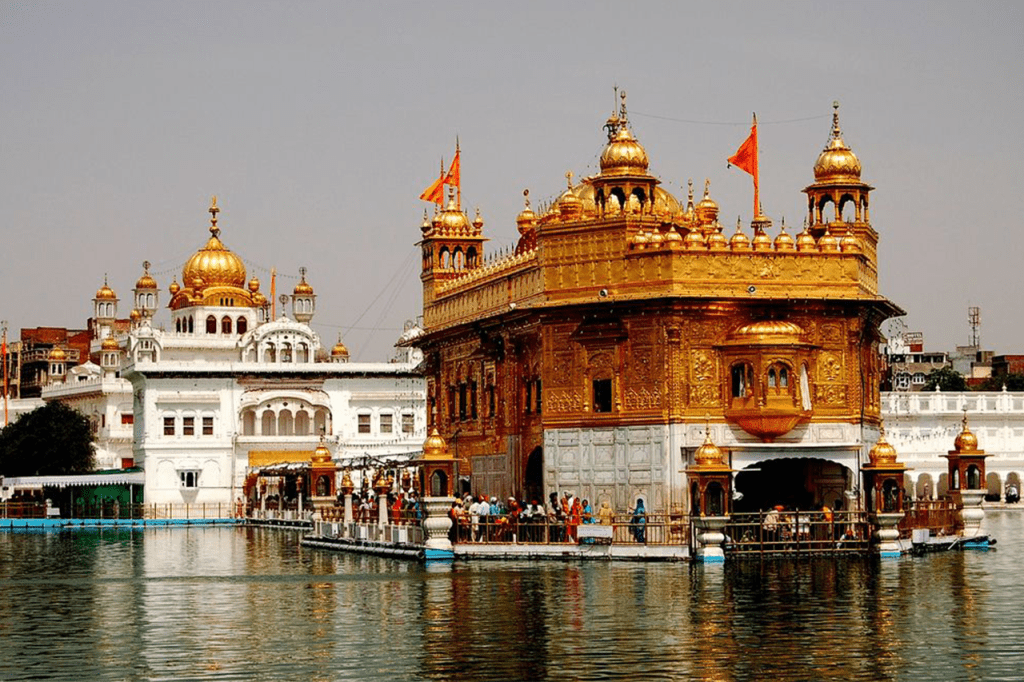
Amritsar
The Golden Temple, the main attraction and the holiest place for Sikhs, is located in Amritsar. It might be noisy and crowded because it is Punjab’s largest city, yet the old town is active.
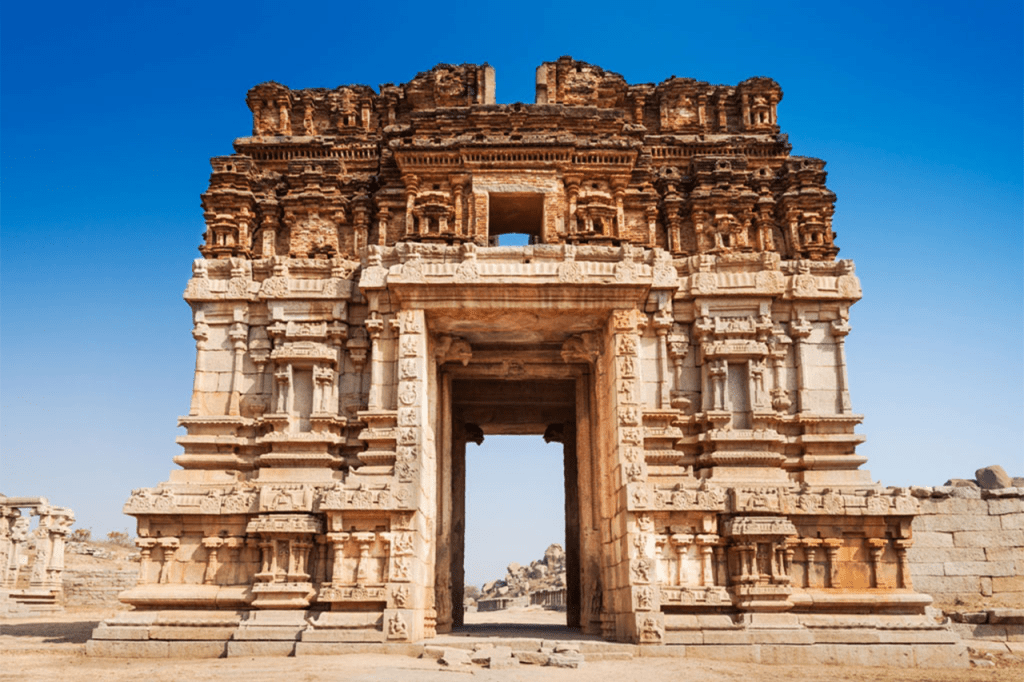
Hampi/Vijayanagar
The destroyed “City of Victory,” a bizarre landscape of golden rocks, antiquated statues, and banana fields, is all that is left of Vijayanagar, which was once the centre of the Hindu empire before it was completely destroyed in the 16th century. Hampi is the modern name for it.
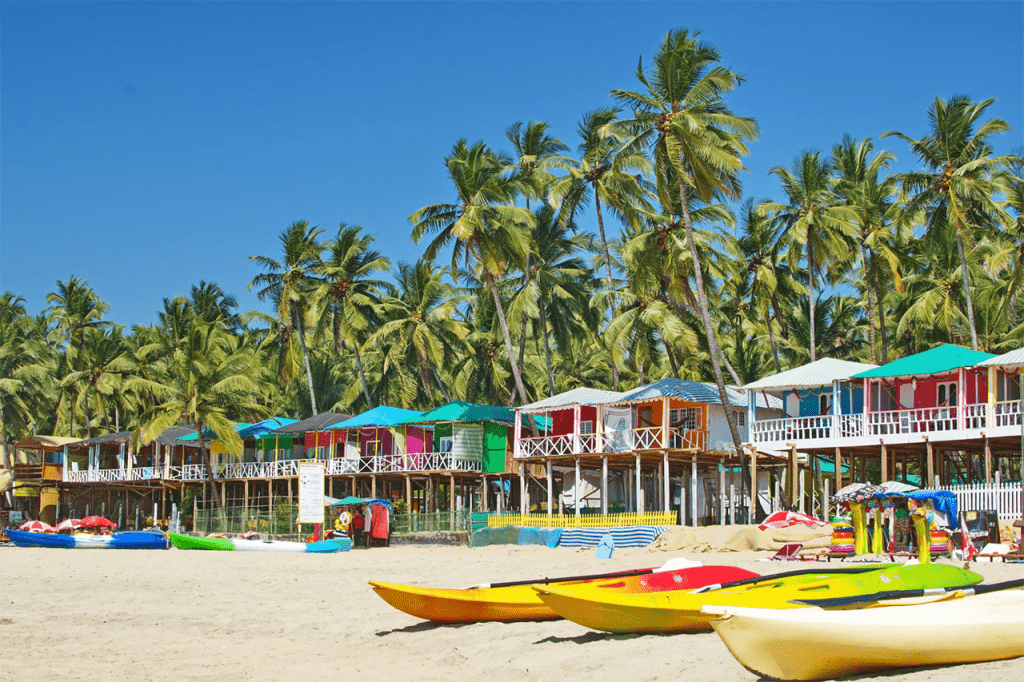
Palolem
Palolem is the most idyllic spot in peninsular India to visit if you’re seeking some sun and leisure. The crescent-shaped bay south of Margao is palm-fringed, home to dolphins, and well-known for its local booze, feni. It is well known that Goa is one of the most popular Indian travel destinations.
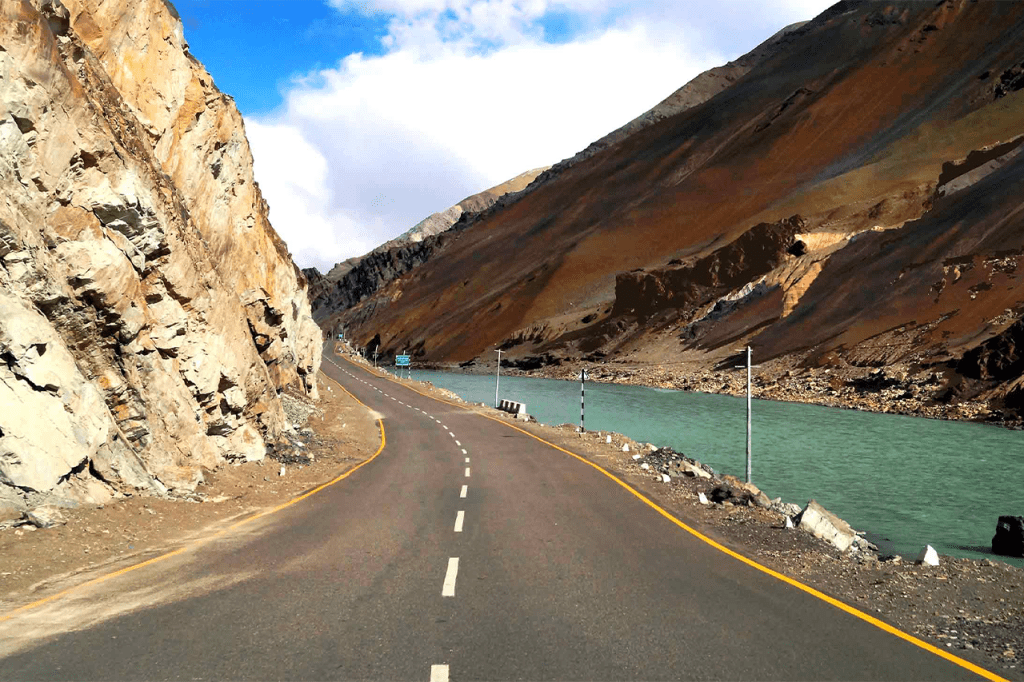
Leh-Manali Highway
It’s also one of the most beautiful drives to get to Ladakh. The Manali-Leh Highway traverses some of the highest mountain passes in the world as it winds through the Himalayas.
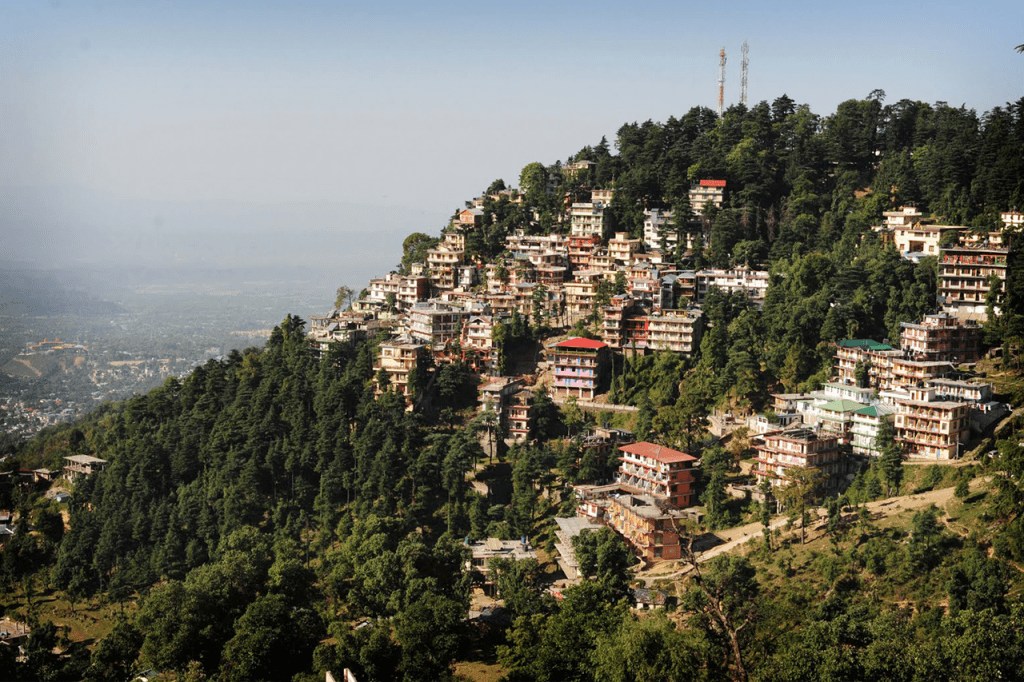
Dharamsala
The exiled Tibetan government and the Dalai Lama both reside in Dharamsala, which is well-known for this. Additionally, it serves as a fantastic starting point for thrilling hikes throughout the Himalayas. There are actually two distinct towns, Dharamsala and McLeod Ganj, the latter of which has experienced a refugee inflow from Tibet and is home to numerous temples, monasteries, meditation centres, and other buildings.
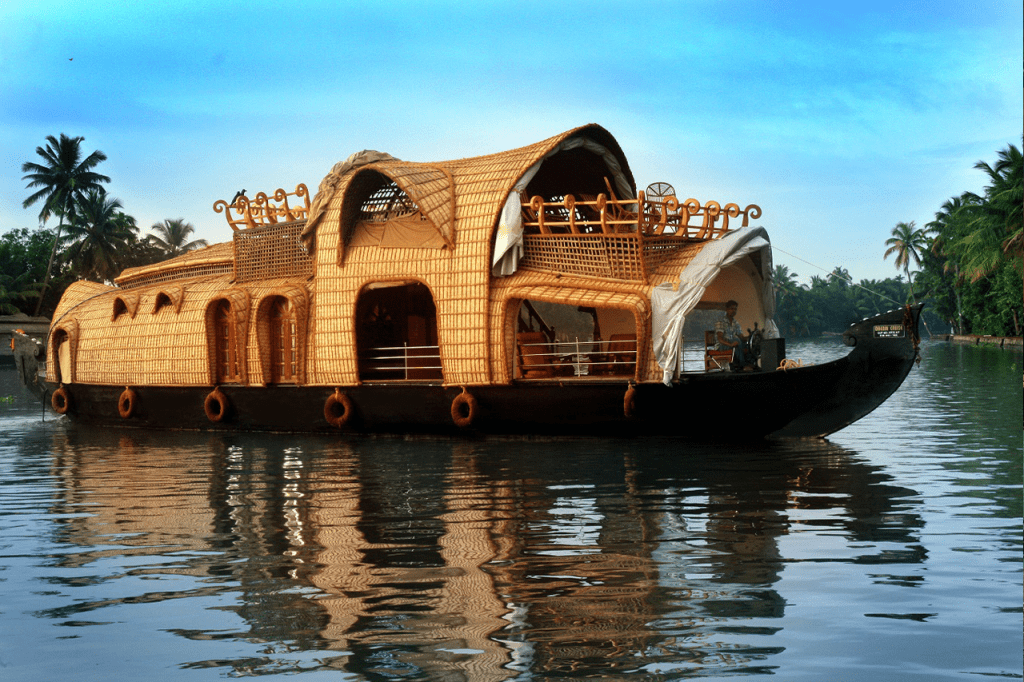
Exploring Kerala’s backwaters by boat
The Western Ghats Mountains and Kerala’s beautiful plains with rice terraces, rivers, canals, and lagoons are two distinct geographical regions. With their serene boat excursions through the tropical scenery, Kerala’s backwaters are what make the Indian state of Kerala such a lovely spot to visit.
The Main Attractions in India
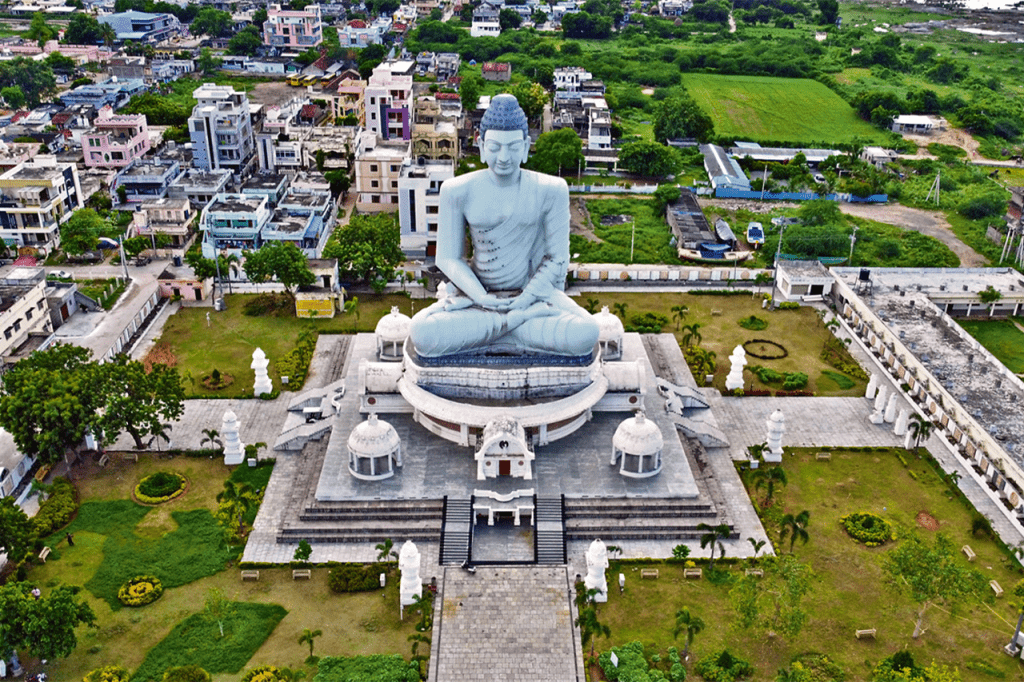
Andhra Pradesh
Andhra Pradesh is a cheerful and tranquil state that is home to several heritage sites, including forts, citadels, a staggering variety of gorgeous cliffs, lovely stretches of coastline, magnificent ruins, crystal-clear water lapping against golden sand, and mouthwatering local cuisines. One of the richest temples in the nation is claimed to be located in Tirupati Balaji, also known as the Lord Venkatesa temple, which is located at the base of the Tirumala hills. The 13 districts that make up the state are dispersed throughout two unofficial geographic areas, Coastal Andhra and Rayalaseema, which together offer an incredible diversity of colour, contrast, and experience. Consider it a luxurious rest stop for anyone looking for happiness and peace. Andhra Pradesh is fundamentally nothing more than a magnificent relic of ancient India.
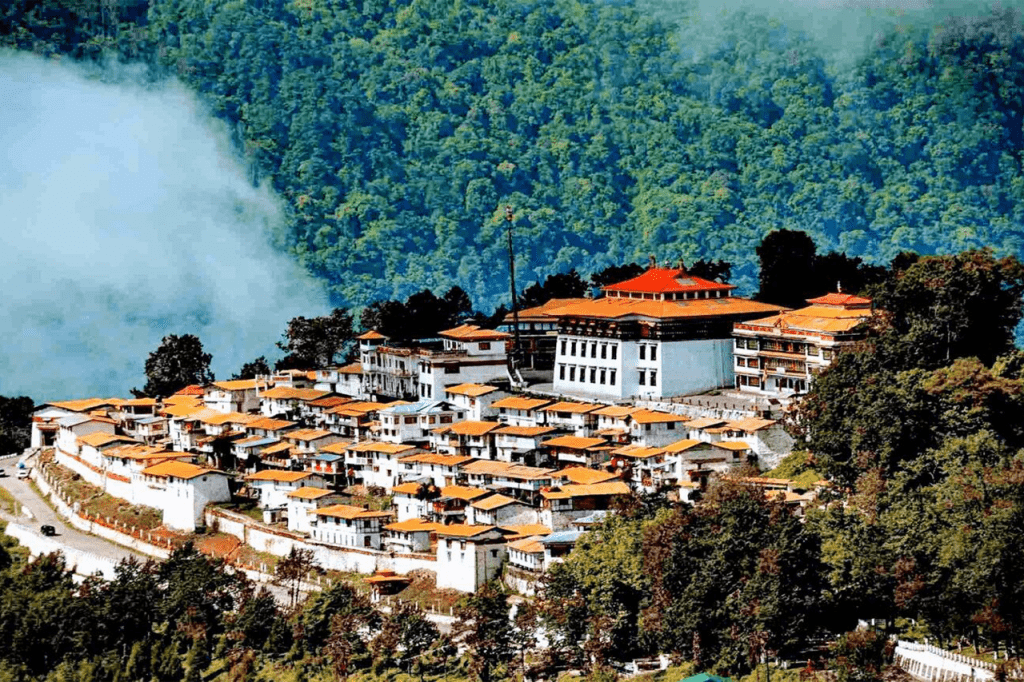
Arunachal Pradesh
Arunachal Pradesh, often known as the “Land of the Dawn-lit Mountains,” is the most isolated state in India and the first Indian territory to welcome the rising light. This stunning country, which is situated on the northeastern tip of India and borders China, Bhutan, and Burma, is blessed with a stunning variety of flora and fauna that is guaranteed to entice any visitor. The deep woods of Arunachal Pradesh are home to more than 500 rare types of orchids. The misty hills, glittering rivers, and gushing waterfalls add to this wonderful land’s splendour. Numerous historical structures and archaeological relics may be found all around the Indian state of Arunachal Pradesh, attesting to the region’s extensive cultural heritage.
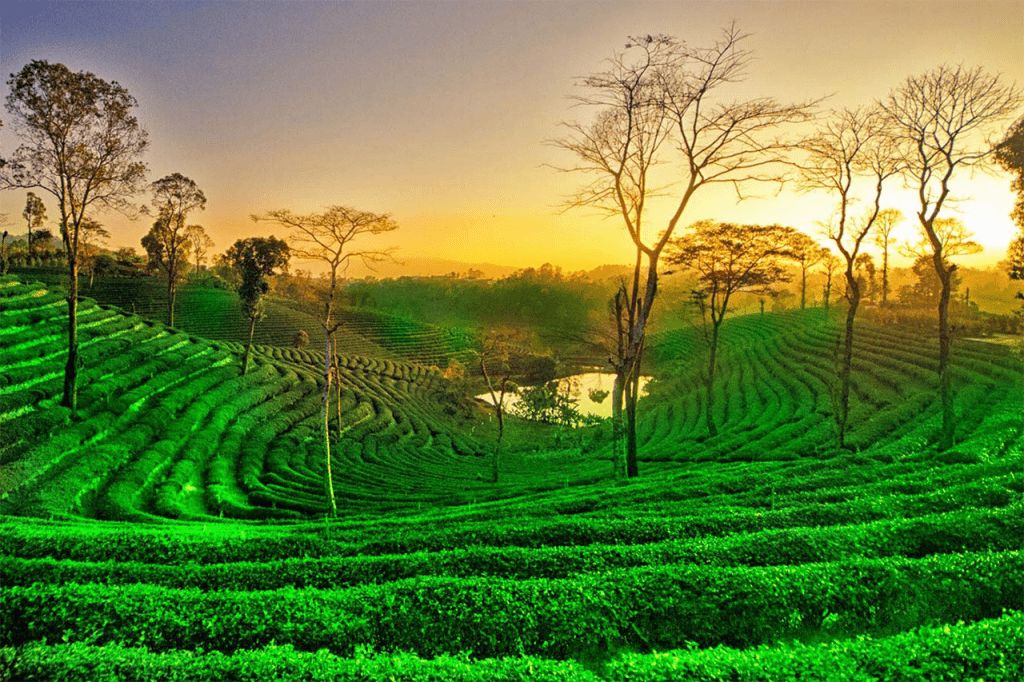
Assam
The northeastern Indian state of Assam is renowned for its biodiversity, historical landmarks, and tea plantations. The largest city in Assam, Guwahati, is located in the west and is home to the hilltop Kamakhya Temple and silk bazaars. On Peacock Island in the Brahmaputra River is the Umananda Temple. Dispur, the state’s capital, is a Guwahati suburb. Nearby are the ruins of a temple complex known as Madan Kamdev and the historic pilgrimage site of Hajo.
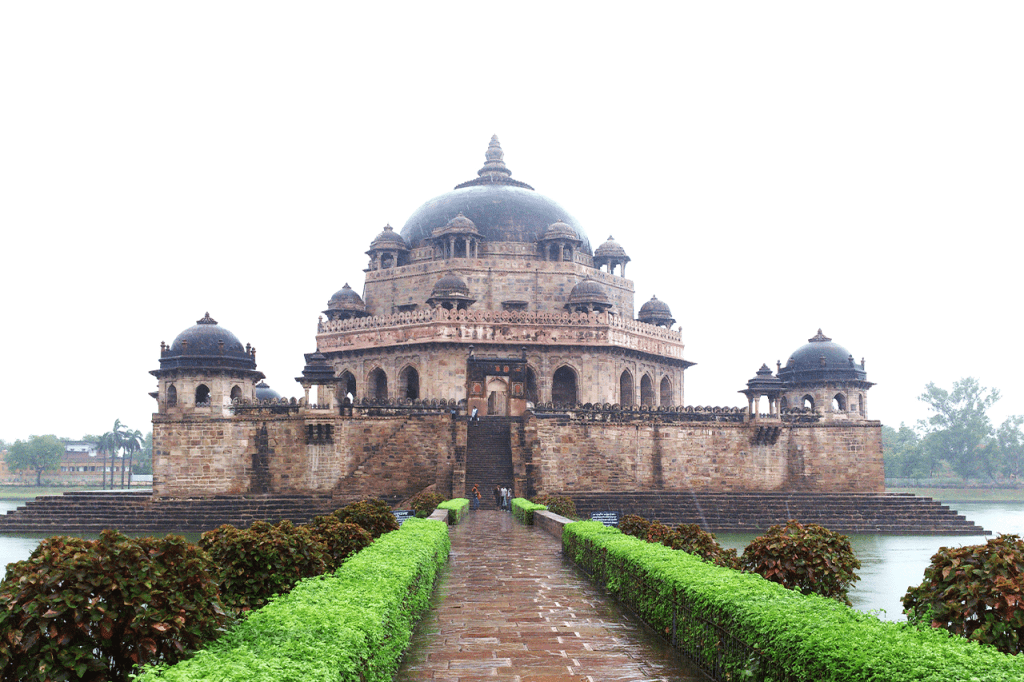
Bihar
East India’s Bihar is a state that borders Nepal. The River Ganges, which floods its productive plains, divides it. The Bodhi Tree in Bodhgaya’s Mahabodhi Temple, under which the Buddha is said to have meditated, is a significant Buddhist pilgrimage site. Hindus adore the Mahavir Mandir temple in the state capital Patna, while Sikhs visit the Takht Sri Harmandir Sahib Ji Gurdwara, a domed structure located next to the river.
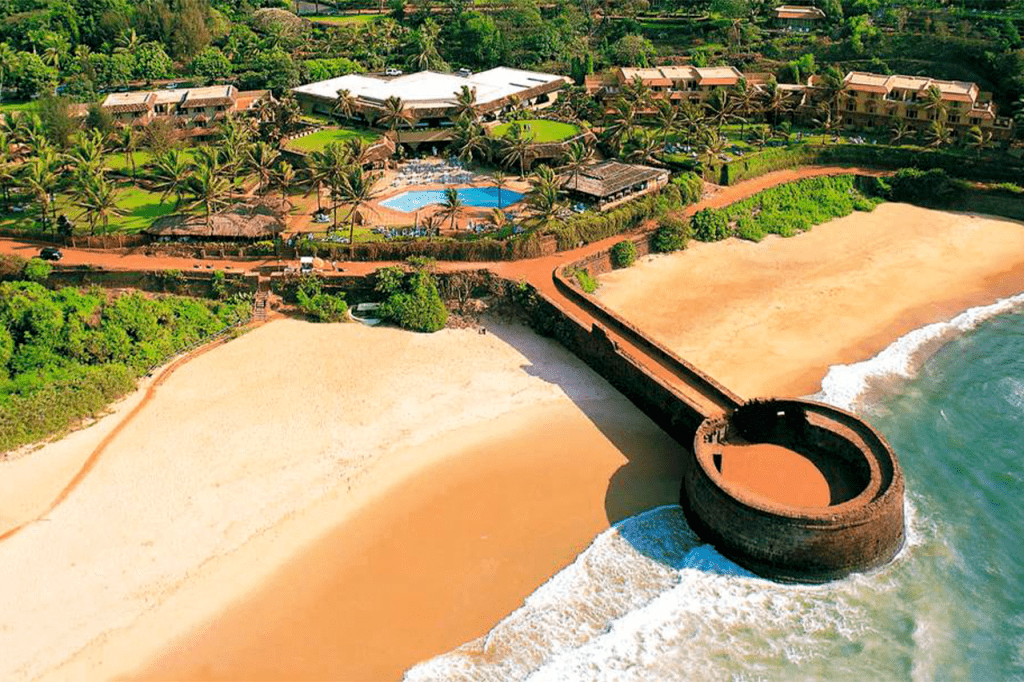
Goa
The Arabian Sea is bordered by the state of Goa in western India. Prior to 1961, it had a long history as a Portuguese colony, as evidenced by the region’s tropical spice plantations and churches from the 17th century that have been preserved. Goa is renowned for its beaches, which range from the well-known ones at Baga and Palolem to those in relaxed fishing communities like Agonda.
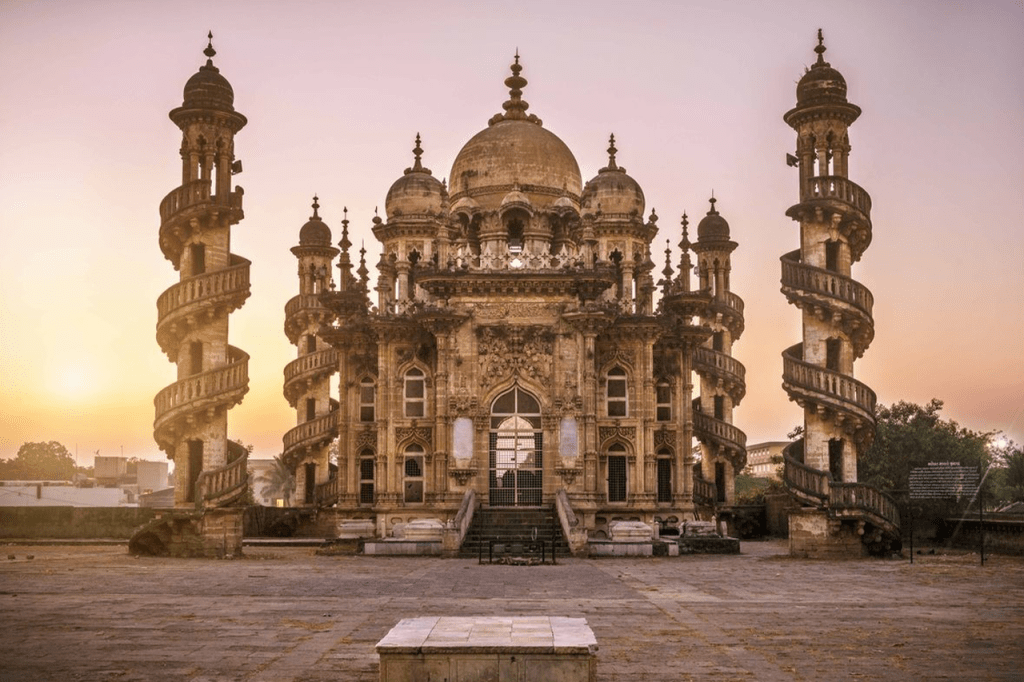
Gujarat
Gujarat serves as India’s westernmost bulkhead. It is heated in the north by the scorching deserts of Pakistan and Rajasthan and cooled in the south by the calm ocean breeze of the Arabian Sea. In comparison to the variety of its politics and cultures, India’s terrain, which includes lush plains and forested hilly regions in the east, extensive tidal marshes and desert plains in the Rann of Kutch in the west, and a rocky shoreline that juts into its heartland, is diverse. The state is home to sizable communities of Hindus, Jains, Muslims, and Christians, in addition to tribal and nomadic groups, and it has a patchwork of religious sites and locales rich in Hindu mythology. Gandhi was born and raised in Gujarat.
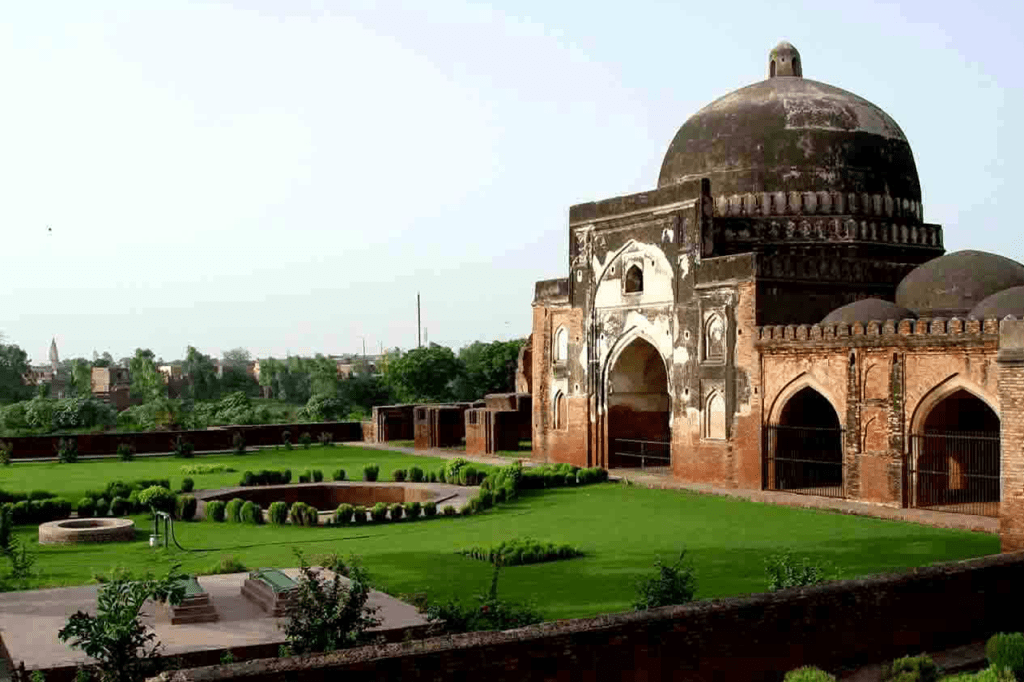
Haryana and Punjab
At the time of independence, the Punjab region—which is traversed by the five principal Indus River tributaries—was split in half, with Muslims from India fleeing to Pakistan to the west and Sikhs and Hindus doing the same to the east. The plains on the Indian side of the border were further separated in 1966 into the 96% Hindu Haryana and the mostly Sikh Punjab, both of which are still under the control of the capital Chandigarh. Due to their location in the productive river plain northwest of Delhi, the states of Punjab and Haryana—often referred to as “India’s breadbasket”—have both prospered. One of the main attractions in the nation is undoubtedly the breathtakingly magnificent Golden Temple in Amritsar, and Chandigarh’s brutalist architecture makes it a must-see city.
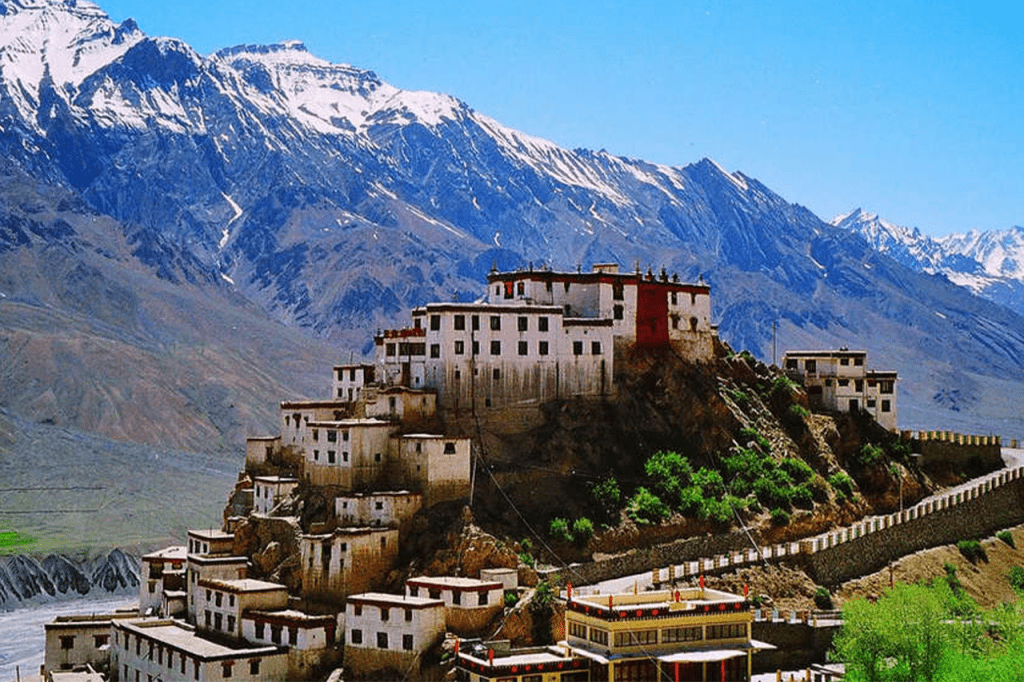
Himachal Pradesh
Himachal Pradesh (HP) is India’s most well-known and accessible hill state. It is bordered by the lower ridges of the Shivalik Range in the extreme south, the Pir Panjal and Dhauladhar ranges in the northwest, and the vast Himalayas in the north and east. Its lowland orchards, subtropical forests, and maize fields end in the higher altitudes, where pines cling to the steep slopes of mountains whose inhospitable peaks ascend in rocky crags and forbidding ice fields to heights of more than 6000 m. This region is located between Punjab and Tibet.
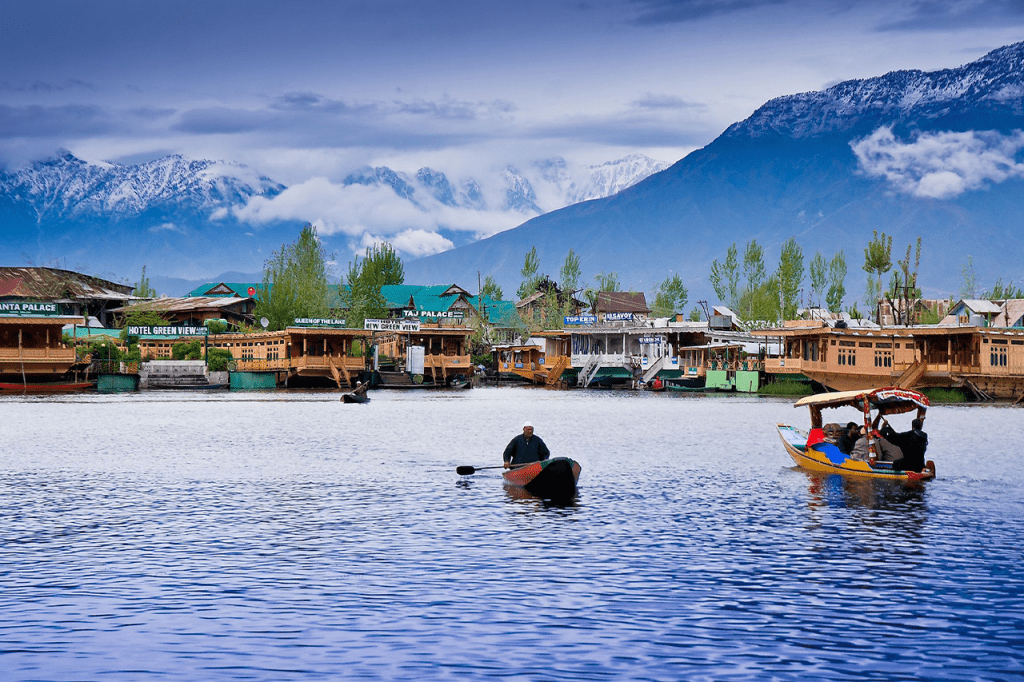
Jammu and Kashmir
Jammu and Kashmir, the sixth-largest and most northern state of India, is also one of its most hilly and breathtakingly picturesque. By being divided into three different regions, it also captures the cultural and religious variety of the Subcontinent. The Hindu-dominated region surrounding Jammu, the region’s winter capital, is located in the southwest portion of its vast territory. The almost entirely Muslim region of Kashmir is directly to the north over the first range of the Himalayas; it is equally famed for its ongoing political problems as it is renowned for its entrancing beauty. Last but not least, the isolated and mountainous area of Ladakh, to the northeast, abutting the contentious boundaries with both Pakistan and China, occupies about 70% of the state according to its de facto borders and is primarily populated by Tibetan Buddhists.
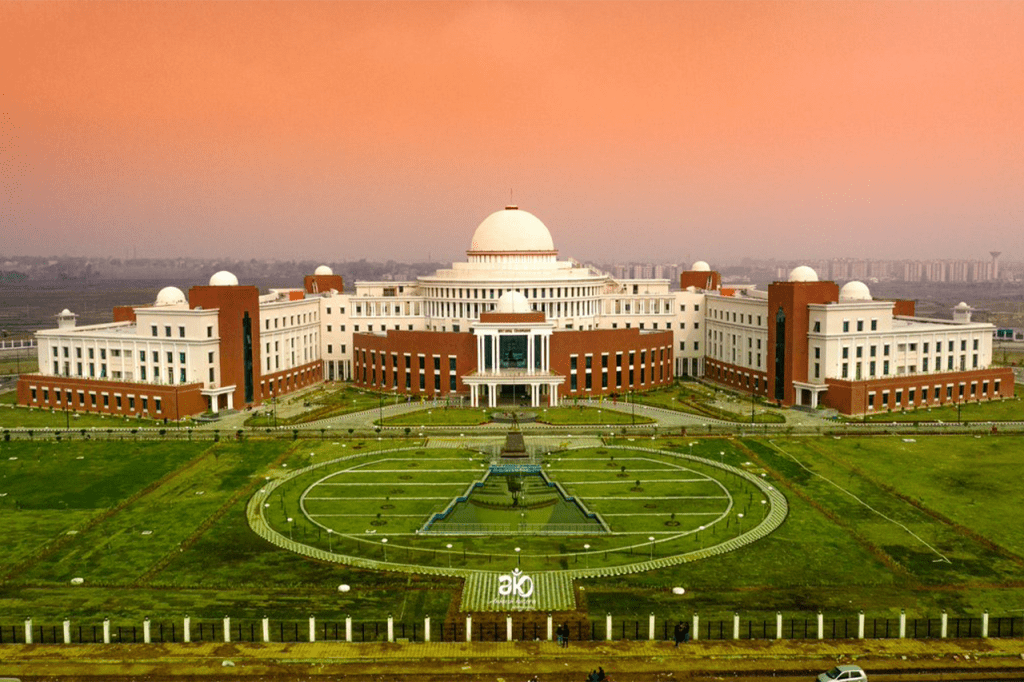
Jharkhand
Eastern India contains the state of Jharkhand. It is well-known for its waterfalls, Parasnath Hill’s exquisite Jain temples, and the elephants and tigers of Betla National Park, and its waterfalls. The entrance to the park lies in Ranchi, the state capital. It has the Jharkhand War Memorial as well as the Hindu shrine and 17th-century Jagannath Temple. Rabindranath Tagore, the recipient of the Nobel Prize in literature, is commemorated by Tagore Hill.
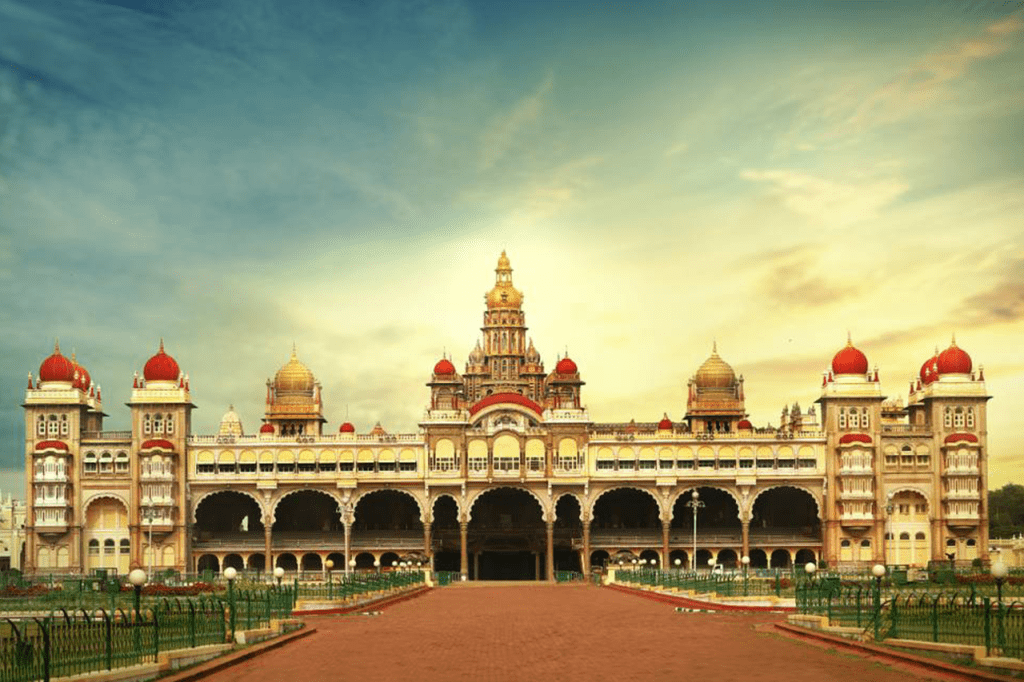
Karnataka
Karnataka, which was founded in 1956 out of the former princely state of Mysore and got its name from the Kannada word Karu Nadu, which means “black soil,” serves as a bridge between central India and the Dravidian deep south. A number of historic walled cities with domed mausoleums and minarets along its borders with Maharashtra, Andhra Pradesh, and Telangana serve as reminders of the time when this region of the Deccan was a Muslim stronghold. In contrast, Kerala’s coastal and mountainous regions are typical of Hindu South India, complete with towering temple gopurams and lush tropical vegetation. The destroyed Vijayanagar city of Hampi, with its lost temples and abandoned palaces standing among an arid, rocky terrain of surreal grandeur, is one of the amazing places strewn between them.
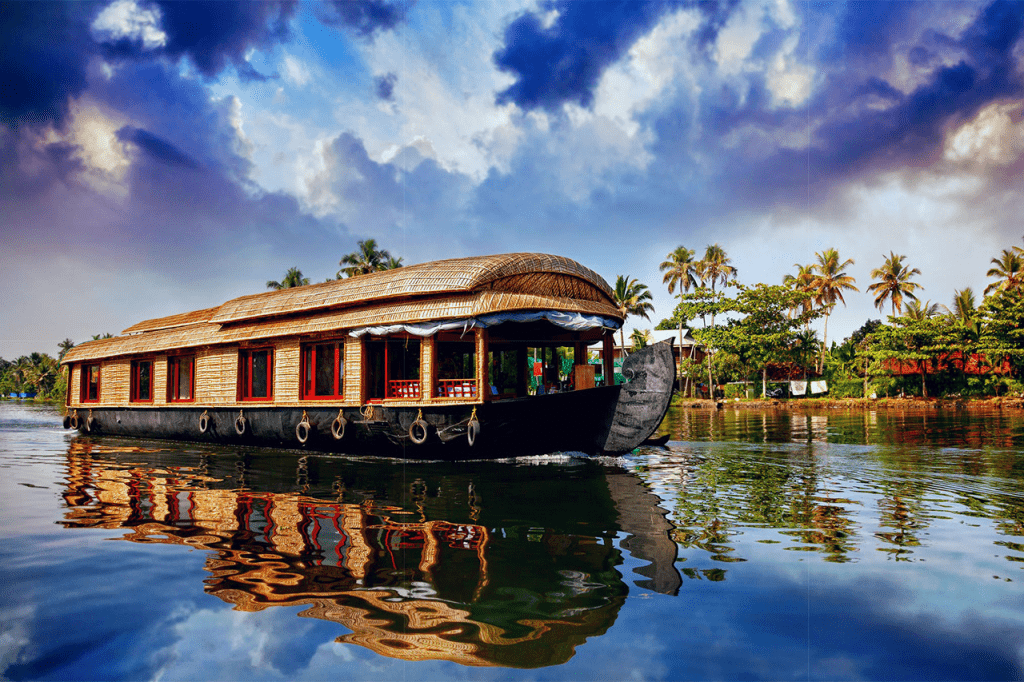
Kerala
The state of Kerala runs 550 km along the southwest coast of India, with the Western Ghats, a range of heavily forested mountains, inland, and the lush, humid coastal plain, which is home to rice paddies, lagoons, rivers, and canals. Since the ancient Sumerians and Greeks sailed to the shore known as the Malabar coast in quest of spices, its highly tropical scenery has charmed visitors. It is fed by the highest rainfall in peninsular India. Equally fascinating to outsiders for thousands of years have been Kerala’s mysterious rites and spectacular festivals, many of which have not changed much since the earliest period of Brahmanical Hinduism.
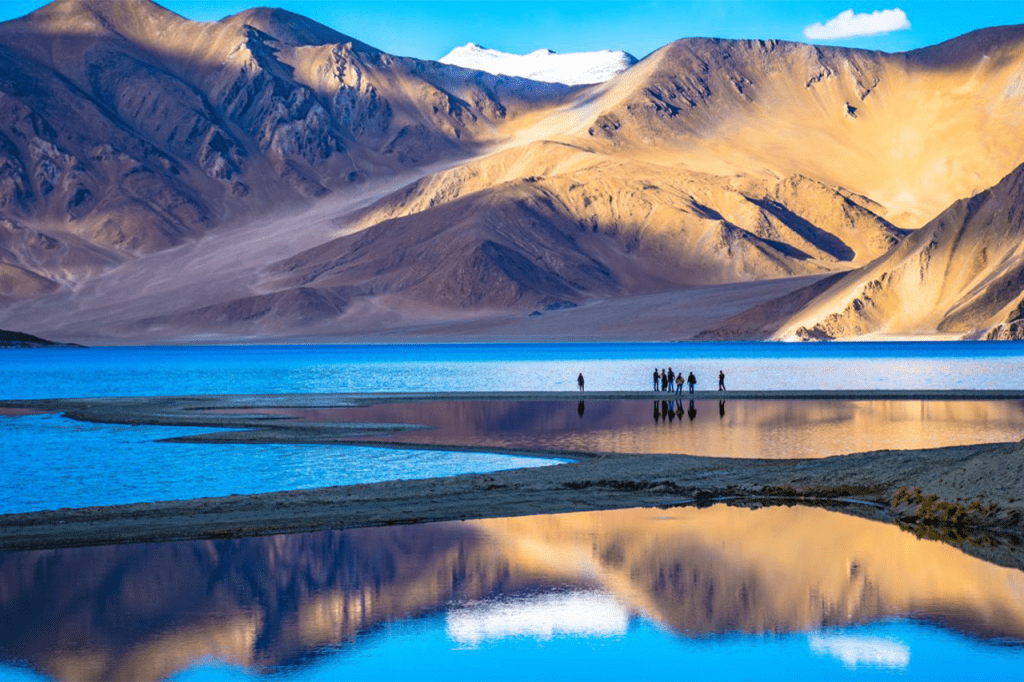
Ladakh
The formerly Buddhist kingdom of Ladakh is incredibly ragged. A few of the many places that best represent Ladakh’s beauty are its arid mountains, spectacularly capped rocky outcrops, scenic gompas, meditational mani walls, and multicoloured flags. In terms of ecological consciousness, the Ladakhi traditional community, which is well-balanced, has much to teach the West.
The Ladakh region of the Himalayas is a gorgeous and undiscovered wilderness. Everyone who is looking for a place to sate their insatiable desire for adventure views it as a place akin to heaven. In addition to trekking, Ladakh offers a variety of adventure activities like motorcycling, river rafting, safaris, etc. Ladakh, also referred to as the “Land of Passes,” is a captivating region of the state of J&K.
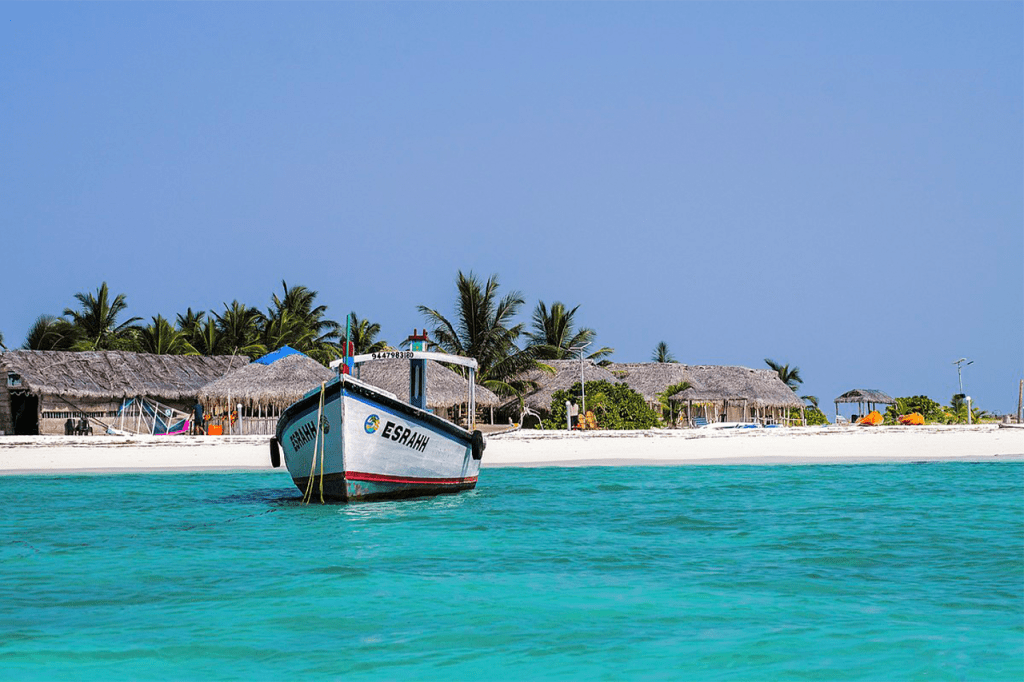
Lakshadweep
One of the greatest gifts from nature to humans is Lakshadweep, which means “one hundred thousand islands.” The beautiful, pristine beaches will certainly take your breath away. It is the ideal getaway from your busy schedules and the clamour of overpopulated cities. Lakshadweep is the smallest union territory in India and is made up of a number of islands. Around 10 of them are homes for people, and the others are used for various activities such as fish hatcheries, coconut plantations, tourism, and other things. You can choose between engaging in risky water sports and relaxing on the beach to take in the scenery. This archipelago’s major draw is scuba diving.
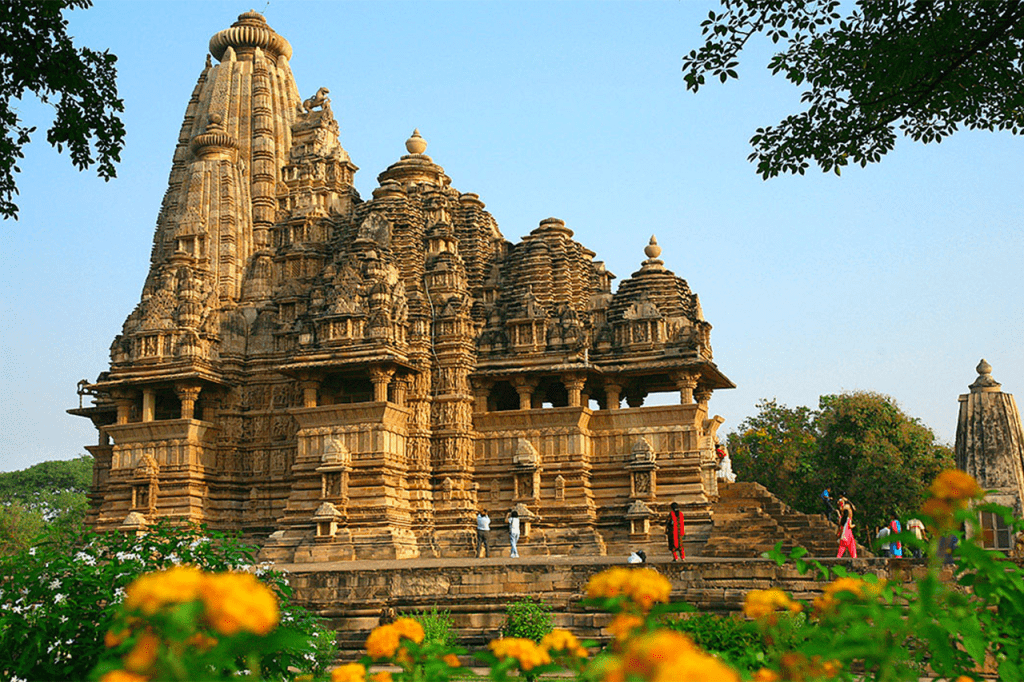
Madhya Pradesh and Chhattisgarh
Dusty and hot, one-third of India’s woods are located in the enormous, landlocked state of Madhya Pradesh, which is composed of sun-dried plains and hills covered with brush. It is a transitional region between the Gangetic lowlands in the north and the high, arid Deccan plateau in the south, stretching from beyond the headwaters of the powerful Narmada River to the edges of the Western Ghats. Despite having a wide variety of outstanding attractions, including some of India’s best tiger reserves and hilltop forts, Madhya Pradesh only receives a small portion of the tourists that travel between Delhi, Agra, Varanasi, and the south. This gem of a state is both culturally rewarding and mostly hassle-free for those who put in the effort.
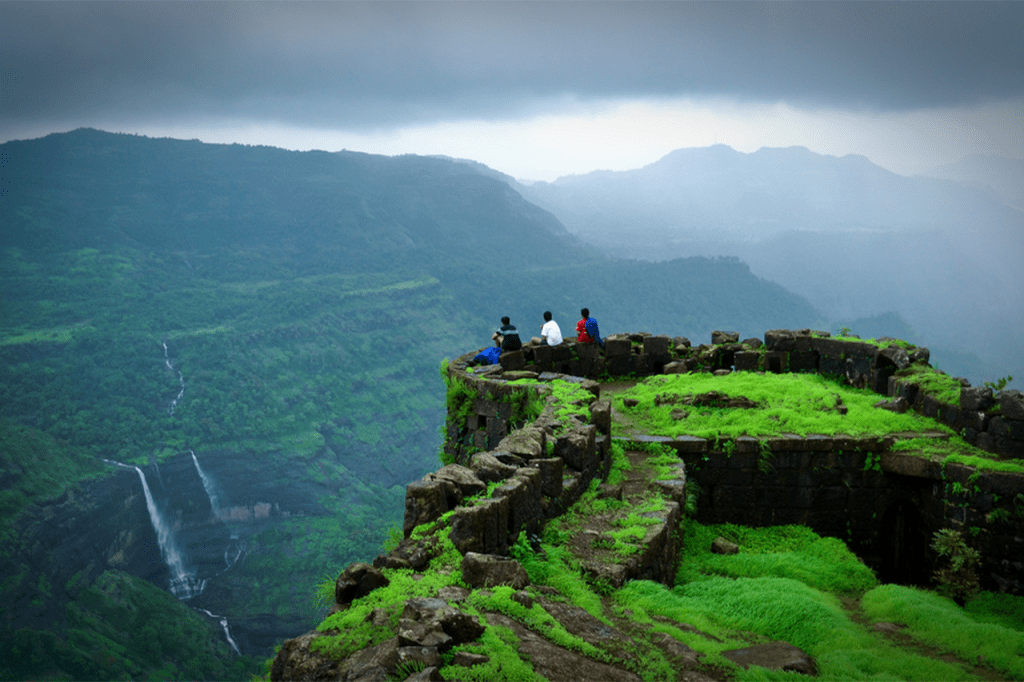
Maharashtra
Though most visitors stay in Mumbai, the state’s roiling port capital, Maharashtra is one of the most visited modern states in India and is also one of the largest and most rugged. As soon as you leave Mumbai’s seemingly unending industrial complexes, housing projects made of concrete, and swamplands, a new world with a new history greets you. The amazing cave temples and monasteries of Maharashtra are, without a doubt, the state’s greatest assets; the best of these can be located close to Aurangabad. Visits to the Buddhist caves at Ajanta, with their magnificent and still-vibrant frescoes, and the monolithic temples of Ellora, where the amazing Hindu Kailash temple was carved entirely from one rock, should obviously begin in the bustling commercial centre.
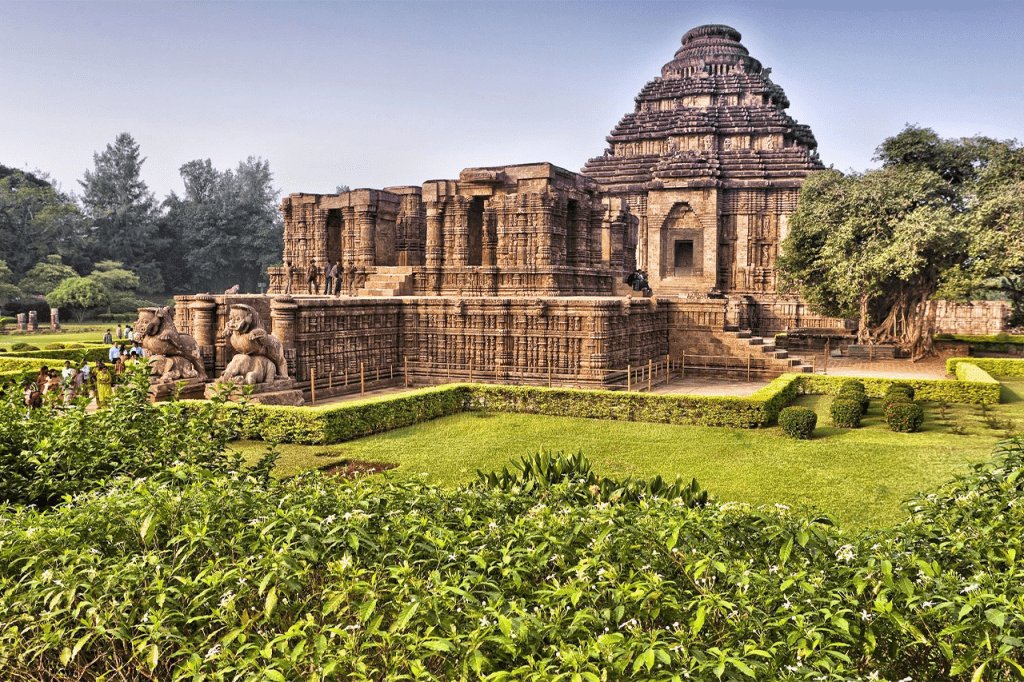
Odisha
Odisha, one of the poorest states in India, has a rich and unique cultural legacy. The state’s greatest number of historical and religious landmarks—its main tourist draws—can be found on the state’s coastal lowlands. Puri combines the heady intensity of a Hindu pilgrimage centre with the more hedonistic delights of the seaside. It is home to the famous Jagannath temple and one of the world’s most magnificent devotional processions, the Rath Yatra. The most ambitious medieval temple in Odisha’s ruins can be found in Konark, which is just along the coast. Its surfaces are covered in superbly preserved sculptures. Bhubaneswar’s historic rock-cut caverns and elaborate temples date to a time when the city governed an empire that stretched from the Ganges delta to the mouth of the River Godavari.
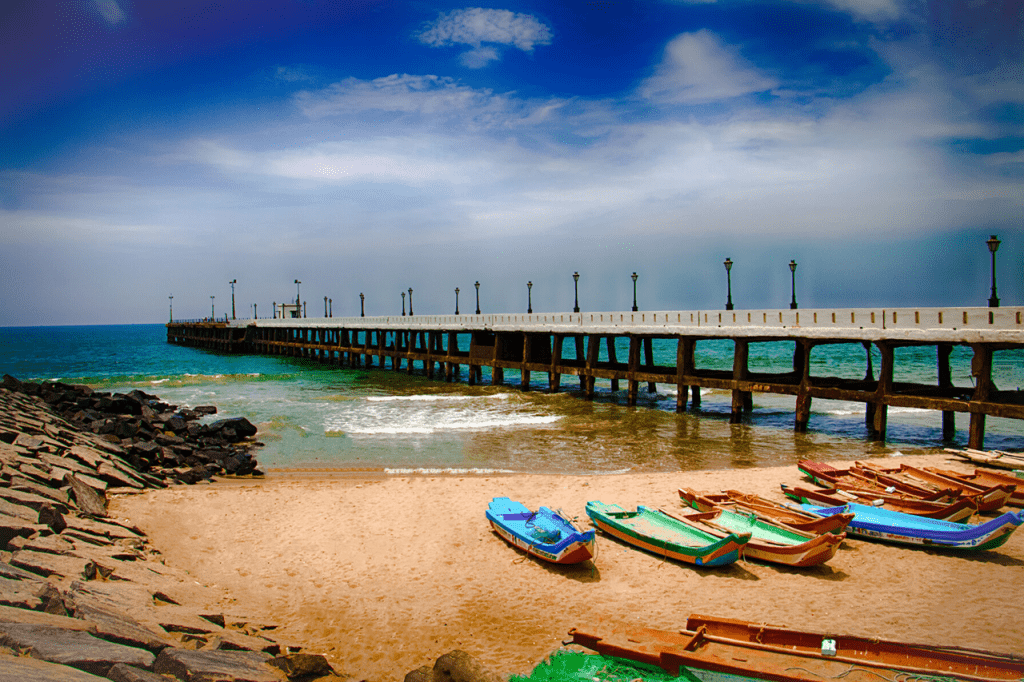
Puducherry
Up until 1954, Pondicherry (or Puducherry) was a French colonial settlement in India. Today, it is a town in the Union Territory that is bordered by the state of Tamil Nadu in the southeast. Its French Quarter, which features avenues lined with trees, colonial homes painted a mustard colour, and upscale shops, preserves the city’s French heritage. Along the Bay of Bengal, a beachfront promenade passes a number of statues, including a four-m-tall Gandhi Memorial.
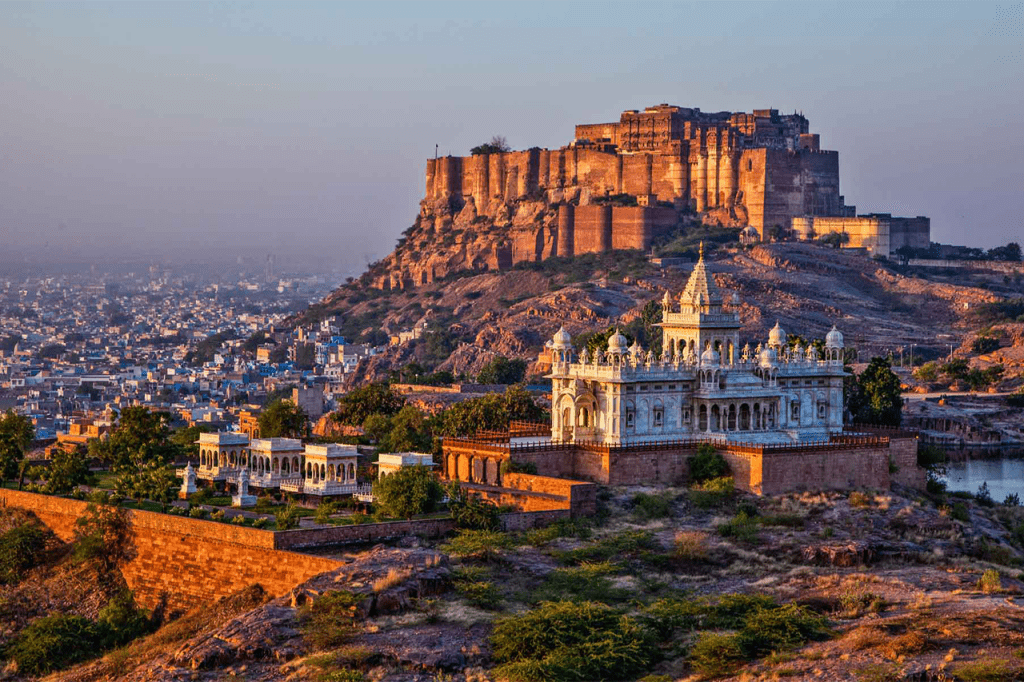
Rajasthan
Twenty-two feudal kingdoms that were collectively known as Rajputana, or “Land of Kings,” during the British era came together to become the state of Rajasthan following Partition. The barren brown hills of the Aravalli Range, which separate the fertile Dhundar basin from the shifting sands of the mighty Thar Desert, one of the driest places on earth, form the backbone of this region, which stretches northeast from Mount Abu, close to the border with Gujarat, to within a stone’s throw of the ruins of ancient Delhi.
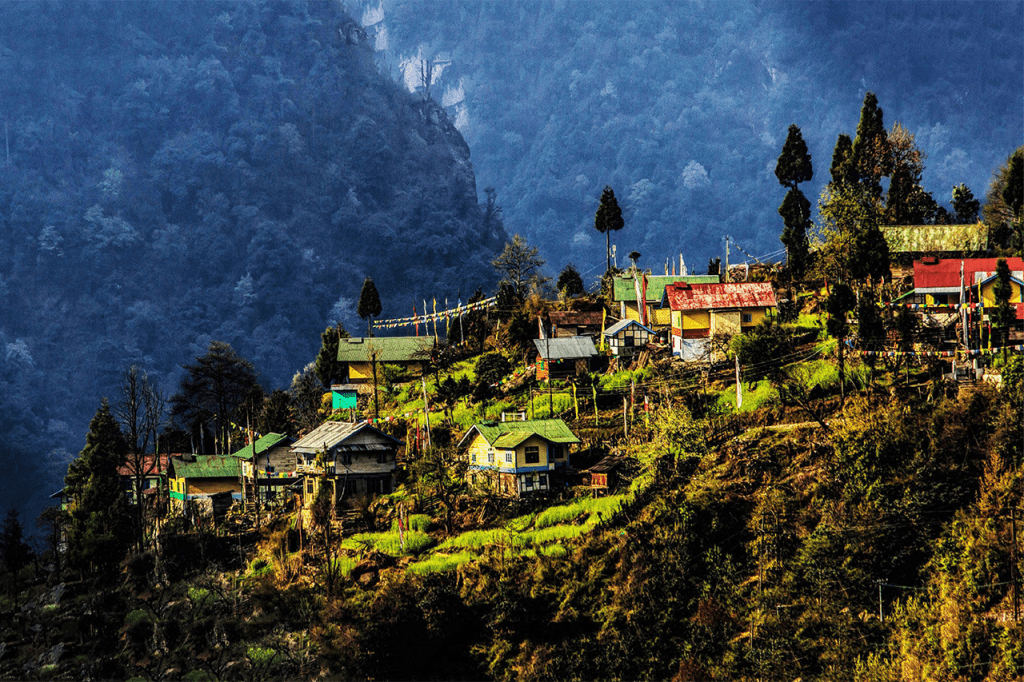
Sikkim
South of Tibet, between Nepal to the west and Bhutan to the east, is the tiny yet stunning state of Sikkim. Just 65km by 115km in size, it has a variety of topography, from hot, deep valleys just 300m above sea level to soaring snow-capped summits like Kanchenjunga, the third-highest mountain in the world at 8586m. This untamed and breathtaking nature of the Himalayas is pierced by a sparse but expanding network of winding roadways.
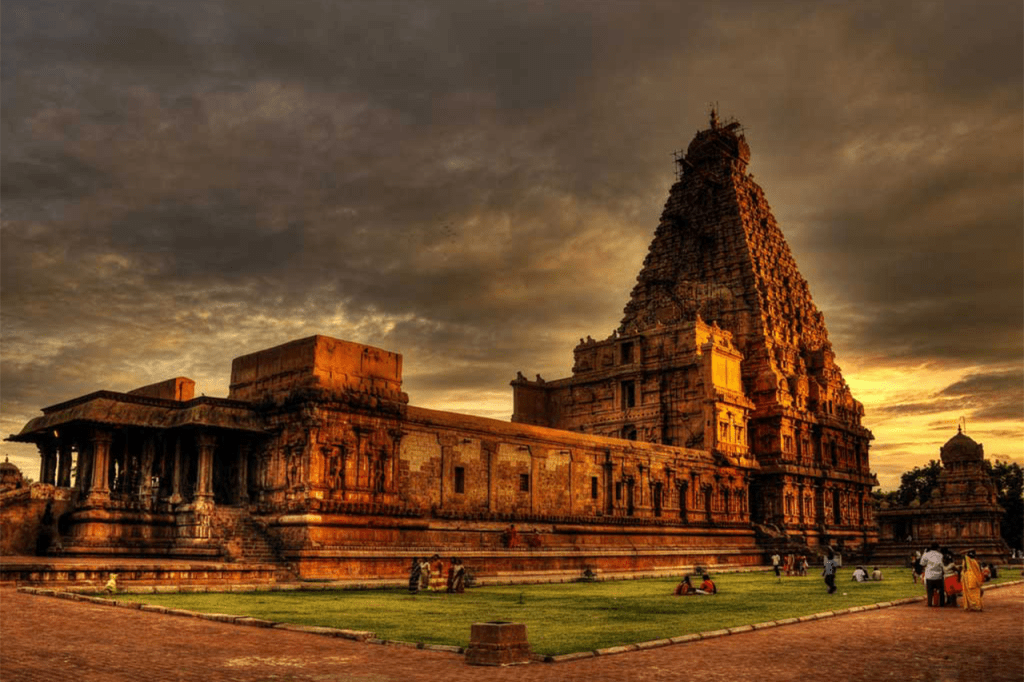
Tamil Nadu
Tamil Nadu is typically the state that Indians refer to when they talk about “the South.” While Kerala and Goa continue to maintain their own distinctively idiosyncratic identities and Karnataka and Andhra Pradesh serve as essentially cultural buffers between the Hindi-speaking north and the rest of the country, the vast Tamil-speaking state on the peninsula is the Dravidian Hindu heartland of India. The region has historically been more shielded from northern influences than its neighbours due to geography and the military prowess of the southern Deccan rulers. Because of this, the three dominant dynasties in the south—the Cholas, the Pallavas, and the Pandyans—were able to forge their own distinct religious and political structures over the course of more than a thousand years.
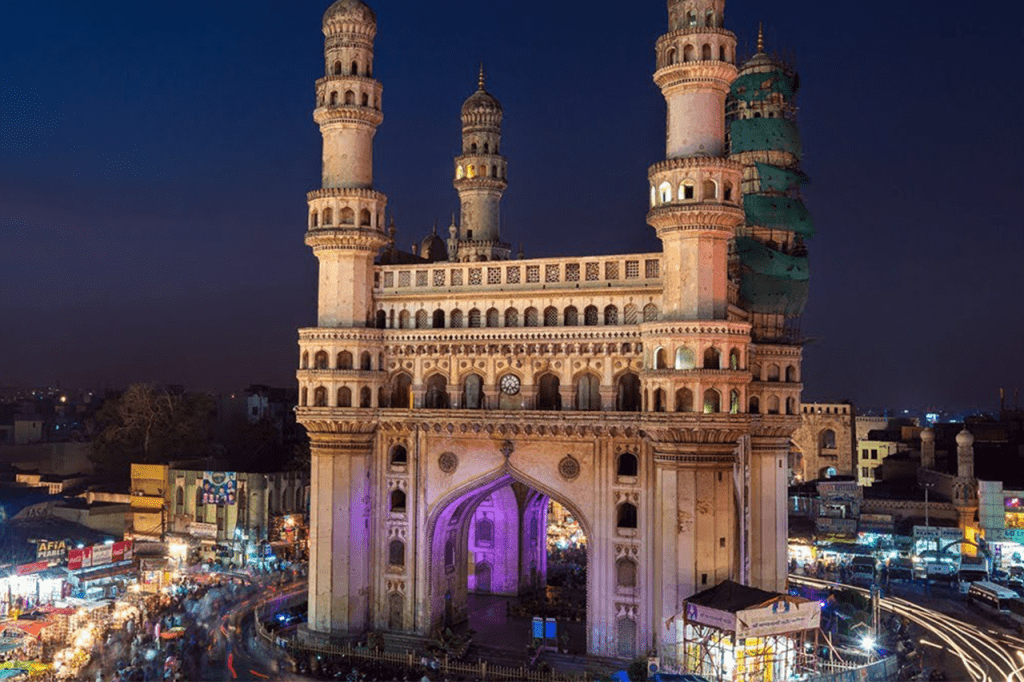
Telangana
Telangana is surrounded by the states of Andhra Pradesh to the southeast and south, Maharashtra to the southeast and southwest, Chhattisgarh and Odisha to the northeast, and Karnataka to the west. For nearly 60 years, the region that is now Telangana made up the north-central and northeastern parts of Andhra Pradesh; however, on June 2, 2014, that territory was divided off to create a distinct state. Hyderabad, located in west-central Telangana, serves as the state capital of both Andhra Pradesh and Telangana. Telangana is primarily located in a highland Deccan region (peninsular India). The hills of the plateau regions are covered in thorny flora, while the extensive woodlands along and near the Godavari River can be found in the northeast.
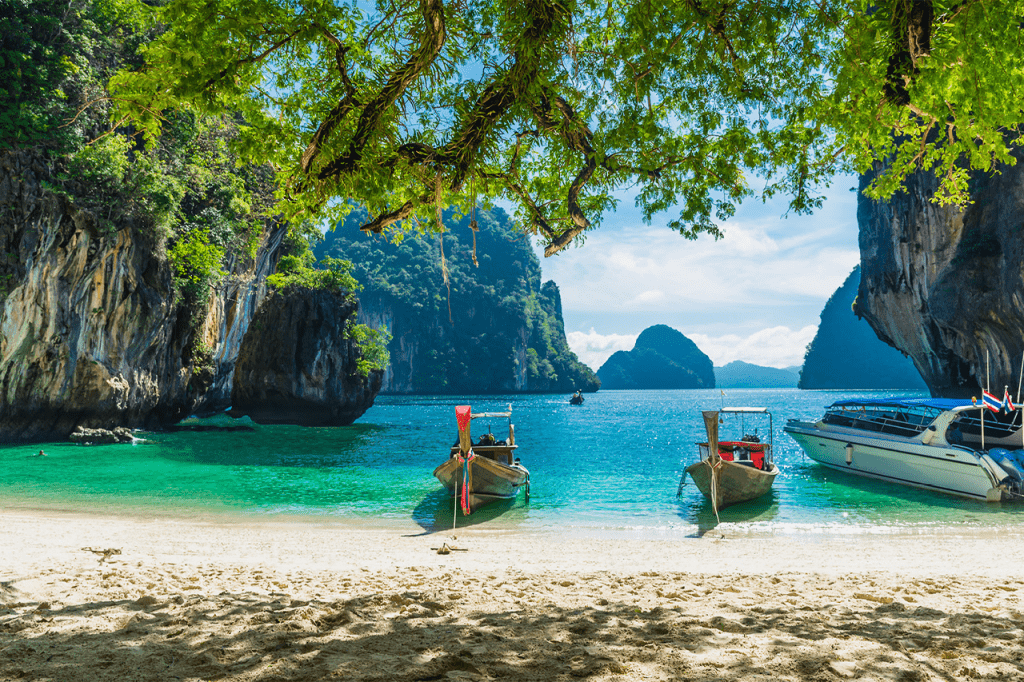
The Andamans
The Andaman Islands, which are the most remote state in India, are more than 1000 kilometres off the east coast in the centre of the Bay of Bengal. They are connected to the mainland via aircraft and ferries from Visakhapatnam, Chennai, and Kolkata. The archipelago, which is densely covered in lush tropical forest and home to a wide variety of fauna, including some incredibly rare bird species, draws tourists mostly for its beaches and the beautiful reefs that encircle most of the islands. The Andaman Sea’s crystal blue waters are home to some of the world’s richest and least-polluted marine reserves, making them ideal for snorkelling and scuba diving. They are filled with vibrant fish and multicoloured corals. The Andaman Islands are currently quite popular with tourists.
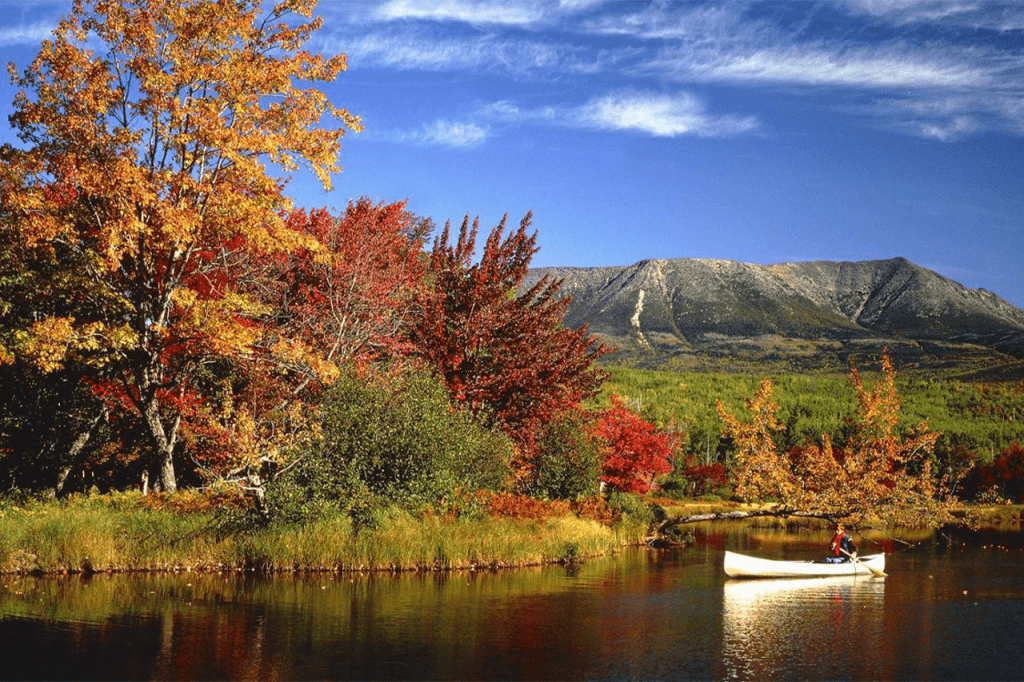
The Northeast
The Northeast of India, also known as the “Seven Sisters,” is the least travelled, most mysterious, and ostensibly the most beautiful part of the country. It is connected to the rest of the nation by a thin strip of land between Bhutan and Bangladesh and was virtually isolated from the outside world until recently. Arunachal Pradesh shares a 1600 km long border with Myanmar with Nagaland, Manipur, and Mizoram, as well as a very sensitive border with Chinese-occupied Tibet.
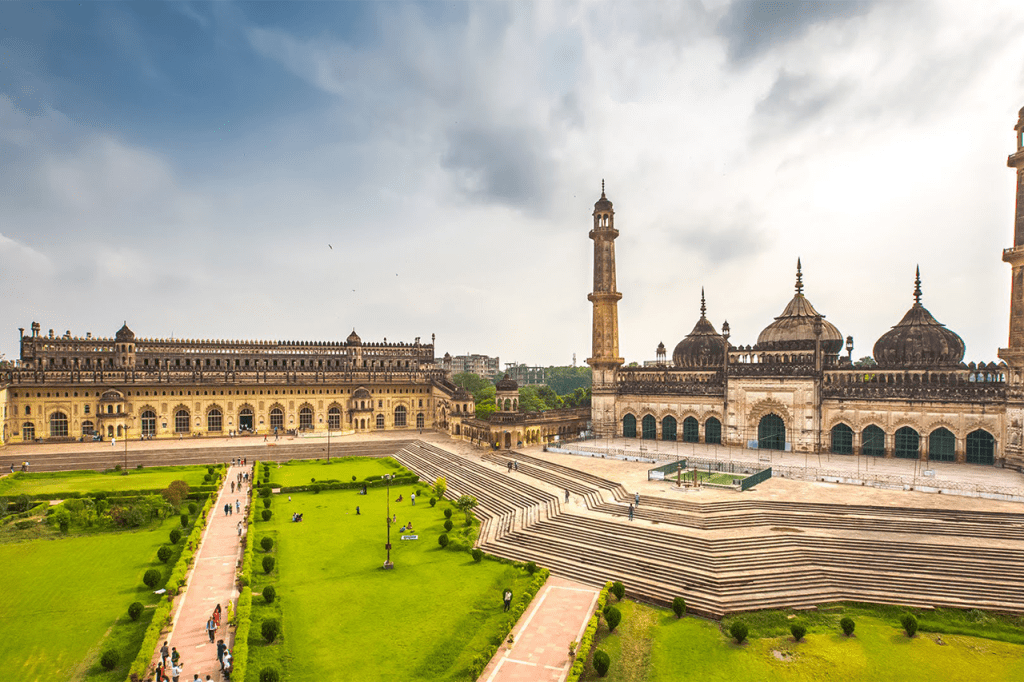
Uttar Pradesh
The stronghold of Hinduism and Hindi, Uttar Pradesh, “the Northern State,” previously the United Provinces but often referred to as UP, rules the country in terms of culture, religion, language, and politics. A wide, steamy plain of the Ganges, it has a past that is very much Indian history, and its Buddhist, Hindu, and Muslim temples and monuments are some of the most remarkable in the nation.
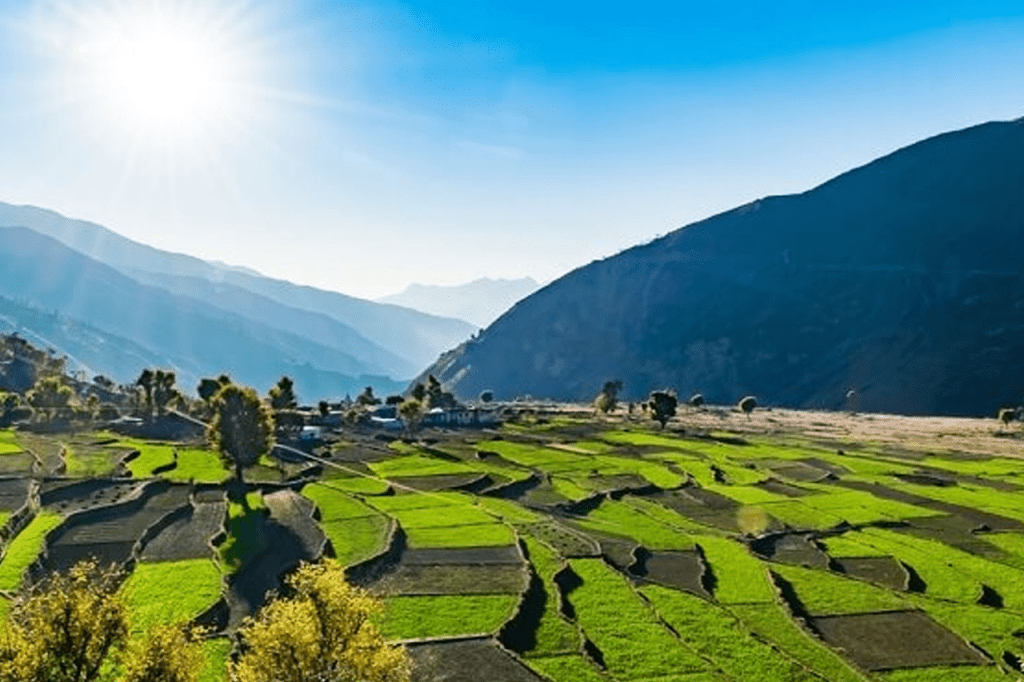
Uttarakhand
The mountains of the Garhwal and Kumaon areas rise from the productive sub-Himalayan plains to the northeast of Delhi, bordering Nepal and Tibet. Together, they make up the state of Uttarakhand, which was separated from lowland Uttar Pradesh in 2000 (as Uttaranchal) following years of protest. The area is home to numerous deep river valleys that are home to unique micro-civilizations where Buddhism and Hinduism coexist with animism. As part of an almost continuous chain that ends with Nanda Devi, India’s tallest mountain at 7816 m, these snowy summits are among the most stunning mountains in the inner Himalayas.
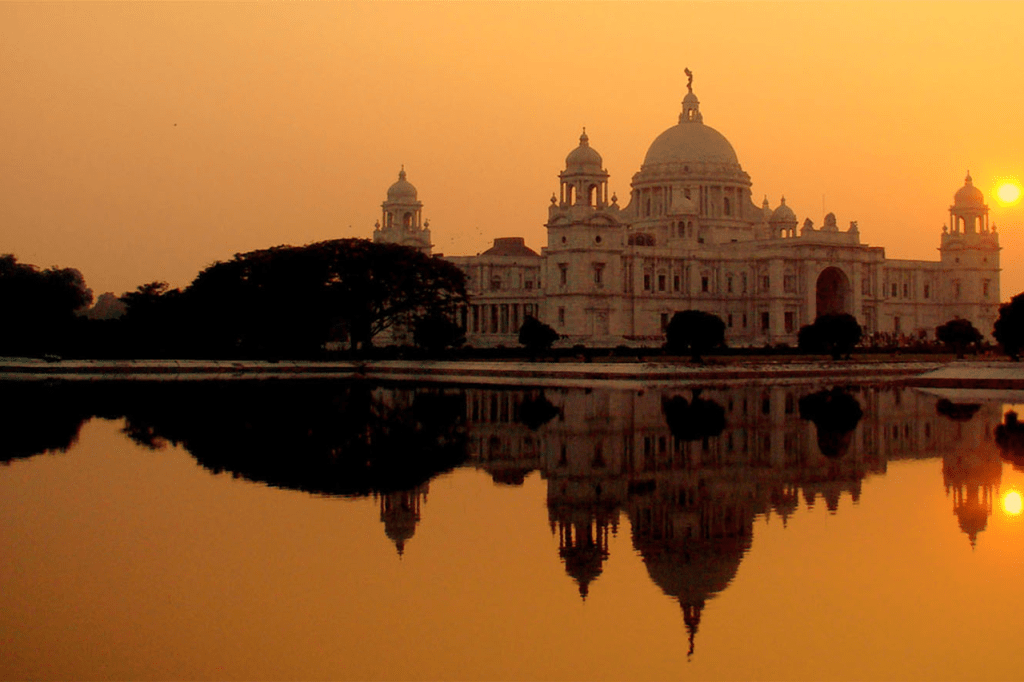
West Bengal
West Bengal is unique among Indian states in that it stretches all the way from the Himalayas to the sea, but few foreign tourists have given it a thorough exploration. That might be related to the overblown reputation of the nation’s capital, Kolkata, a captivating, affluent, and welcoming city that contradicts its widely held perception as a chaotic, impoverished place. The rest of Bengal is home to a remarkable variety of environments and peoples, from the dramatic hill town of Darjeeling, which is in view of the highest mountains in the world, to the enormous mangrove swamps of the Sundarbans, where man-eating Royal Bengal tigers roam.
India’s culture
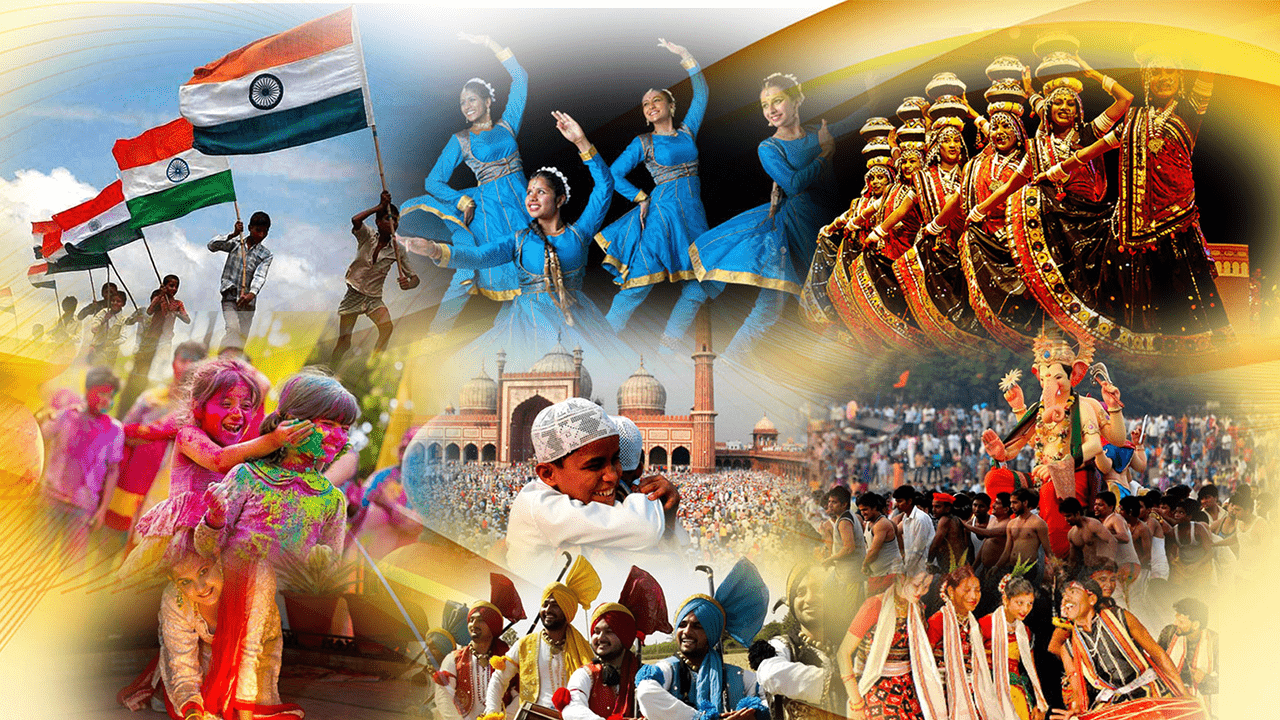
India is a culturally diverse nation with many different ethnic, cultural, linguistic, historical, and religious roots. It is home to many historical wonders. Sikhism, Buddhism, and Hinduism all originated in this region, while many other important religions coexist peacefully alongside them. India, which is frequently described as a synthesis of various cultures, is rich in culture, with each region having its own unique traditions.
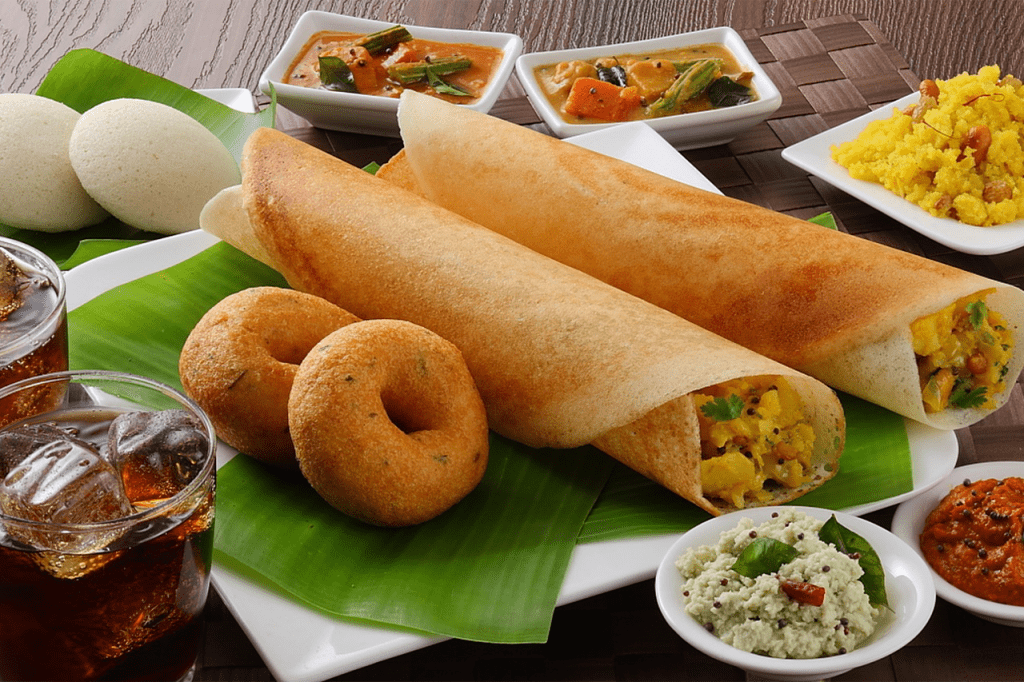
Indian cuisine and beverages
India’s cuisine, known as the “land of spices,” is well-known around the world and is as diverse as the nation’s culture. Dishes vary from region to region and are known for their intense flavours, aromatic curries, and variety of meats and vegetables. For obvious reasons, coastal communities are recognised for their mouthwatering fish curries, whereas mainland regions are well-known for their vegetarian curries.
Cows are revered in Hindu law. Hence, there is almost no beef in Indian cuisine. But if you are particular, you will find beef in plenty in Kerala, where the locals enjoy it on an everyday basis.
Some dishes to try include mutton rogan josh, macher jhol, vada, idli/sambar, dosa/chutney, appam/stew, and paneer tikka masala.
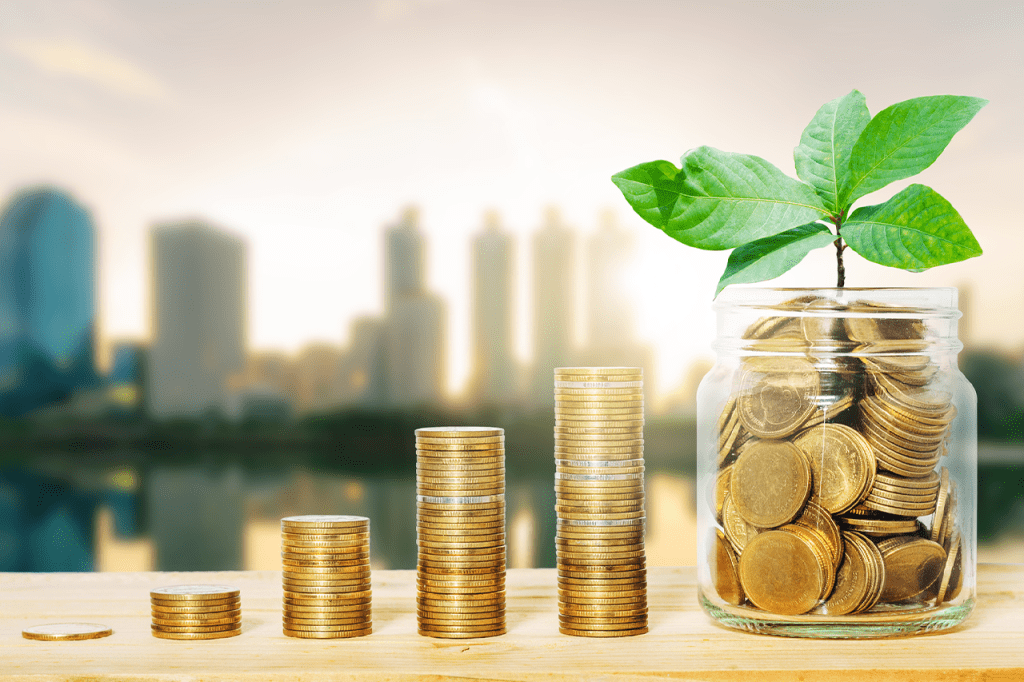
Money and expenses
The rupee, which is divided into paper notes of 5, 10, 20, 50, 100, 500, and 1000, is the currency of India. The fact that it is technically forbidden to bring Indian rupees into and out of the nation is one of the most significant points to keep in mind. In all of India’s major cities, towns, and tourist destinations, ATMs may be found across the major banks.
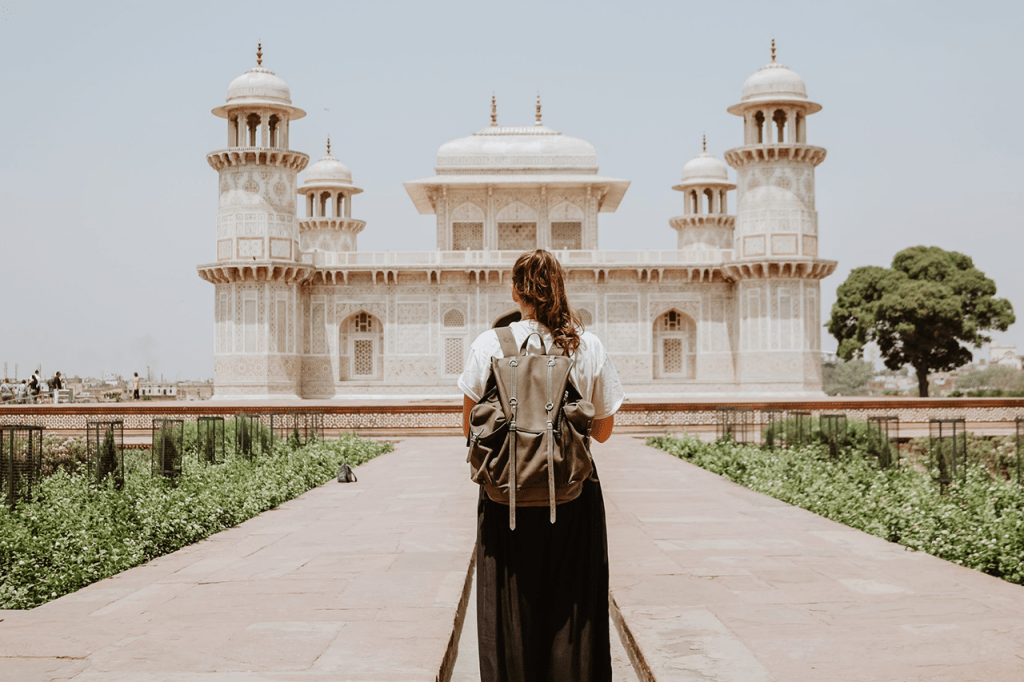
India and the travel safety
In general, travellers can travel safely in India. A visitor may be more vulnerable to scams and little thefts, as is to be expected everywhere, but using common sense and taking a few safety measures can help a lot. First and foremost, you should maintain your acute awareness in crowded areas, including on public transportation, as this is where pickpockets are most likely to operate. When sleeping in a dorm, be sure to padlock your belongings. You should also keep an eye on any luggage you leave on top of a bus to make sure it is securely fastened. Never leave your valuables unattended while swimming. It’s also important to note that not all crimes are performed by people; in India, monkeys have even been known to steal items directly from people’s shoulders or from hotel rooms with open windows.
Always keep in mind that tourist-friendly locations and routes are also safe for criminals. Even though it’s uncommon, don’t accept food or drinks from strangers or other passengers because they might be trying to drug you or steal from you. Having said that, you shouldn’t be overly cautious when visiting India because the country’s crime rate is lower than that of many Western nations, and travelling in a laid-back manner is the best way to get to know it. Just remain alert, as you would everywhere.
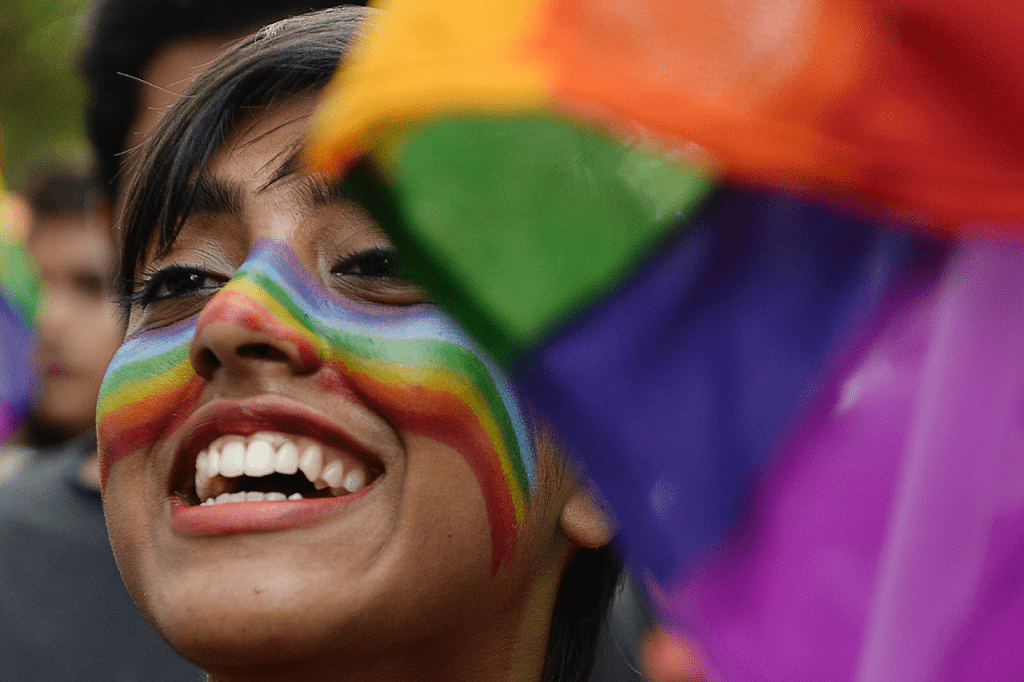
Indian LGBT issues
When homosexuality was legalised once more in India in 2018, the LGBTQ movement celebrated a major victory after the hardline Modi government had rendered it illegal in 2013. In India, homophobia is still deeply rooted and neither openly practiced nor universally accepted, particularly in conservative regions like Rajasthan.
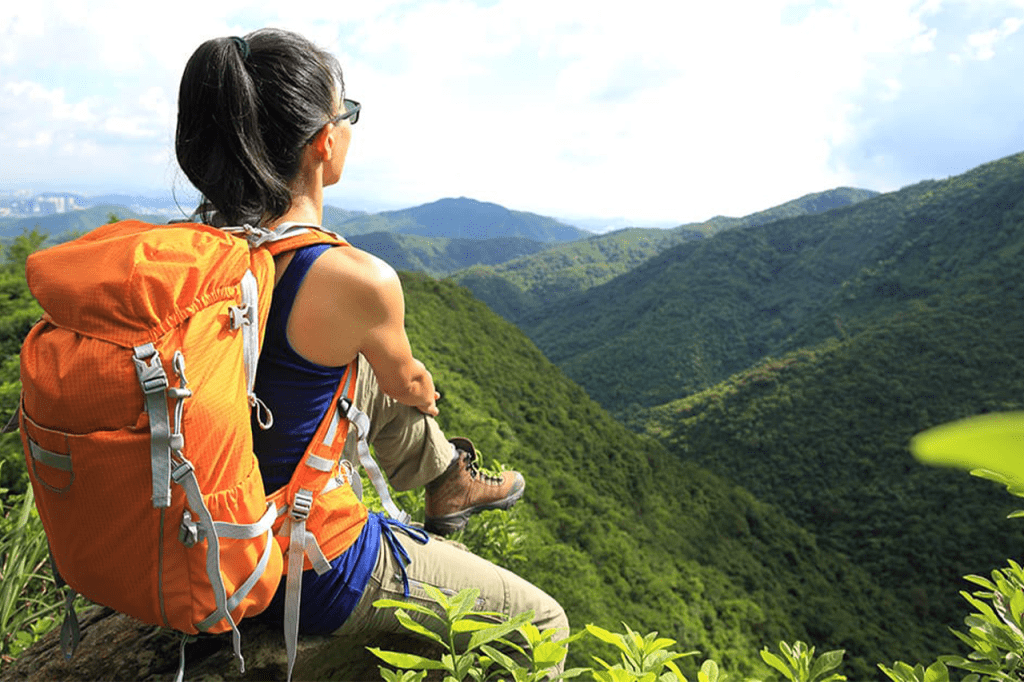
India travel: what women can expect
India still has a long way to go in terms of how it treats women, despite the fact that things are changing. Women have been travelling independently in India for years and find it to be rather straightforward, but you should still prepare for some minor inconveniences.
Solo female travellers should use caution when visiting remote areas and be vigilant at night.
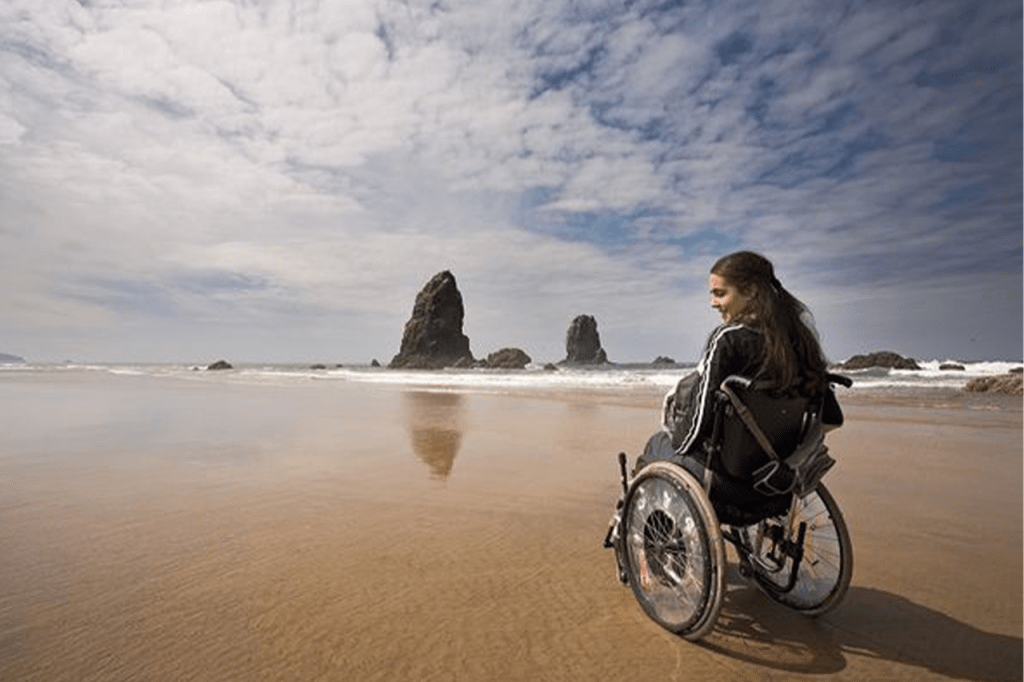
Special needs travellers
Travellers with special needs are not treated unfavourably or made to seem uncomfortable because disabilities are rather common in India (unfortunately due to the lack of treatment options). The country does not, however, have many modern facilities for wheelchair users, and the roads are difficult to manoeuvre.
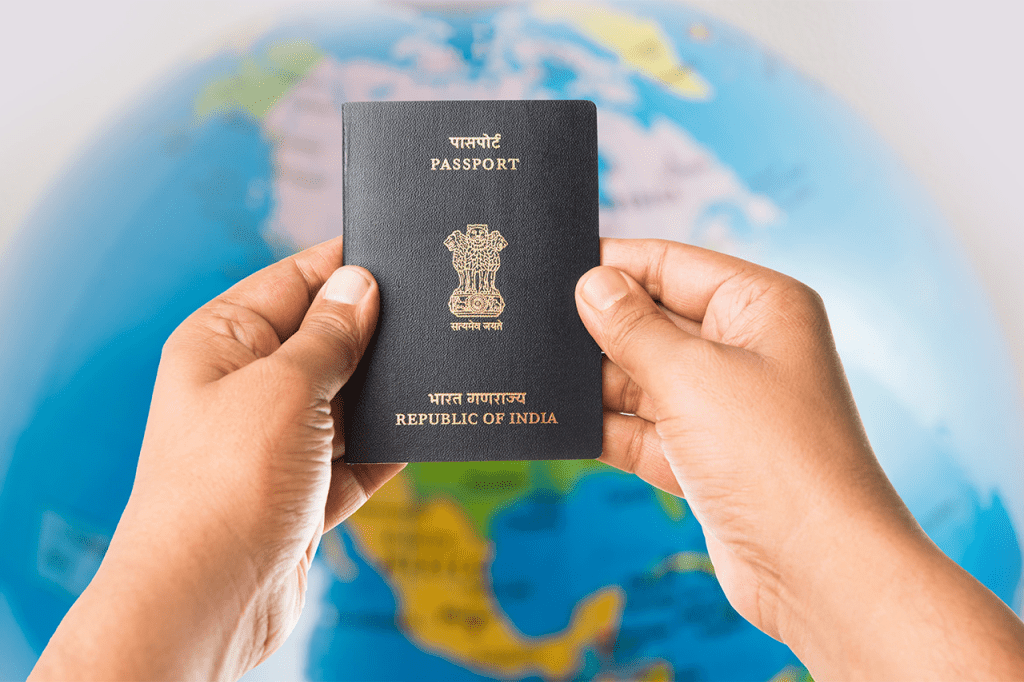
India’s travel visa requirements
The majority of travellers need a visa to enter India. Fortunately, the procedure for obtaining a common tourist visa has become simpler over time. Today, the primary method for getting a visa for a brief visit is to apply online. It is important to apply for a special visa if you want to study or work in India.
As previously said, applying for a visa online is the most popular and effective way to enter India, and this results in an e-Tourist visa. British, Irish, American, and Canadian citizens Through the official online portal of the Indian government, citizens of Australia, New Zealand, South Africa, and many other nations are eligible to apply for an e-Tourist visa. They are good for a stay of 90 days per visit for a year starting from the date of issuance. Just be certain to book it no later than 30 days prior to your departure. Your travel information, a photo of yourself to upload, and the online application fee are required for the application. The eTV must be printed out and brought with you to India in order to obtain a visa.
You must apply for a conventional tourist visa if your passport is from a nation that isn’t on the eTV list. It has a one-year validity period, just like the eTV. However, you are permitted to stay for up to 180 days in a single visit. You should check the relevant website to learn more about the fees, as they substantially differ between nations.
Indian Cuisine
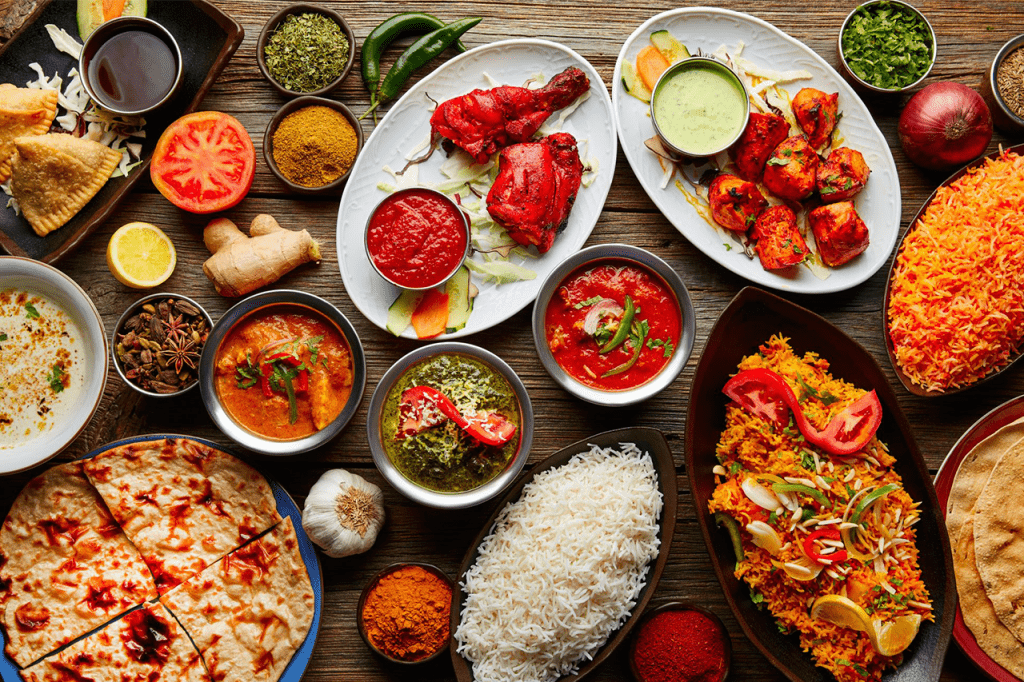
Indian cuisine is as diverse as the nation itself, with dozens of unique regional culinary traditions that range from the traditional Mughlai cuisine of the north to the feisty coconut- and chilli-infused flavours of the south. These are frequently a revelation to first-time visitors, as their only experience with Indian food will likely have been through the stereotypical Anglo-Indian dishes served up in the majority of restaurants abroad. The cuisine of north India is the most well-known, with its distinctive biriyanis, tandooris, and rich sauces made of cream and yoghurt served with thick naan breads, proof of the region’s extensive contact with Central Asia.
The typical vegetarian “meal,” which consists of a massive pile of rice served on a banana leaf and accompanied by scorching pickles, or the traditional masala dosa, a crisp rice pancake wrapped around a spicy potato filling, are two examples of how different south Indian cuisine is. There are a variety of regional cuisines to try as well, including some of the most distinctive ones like Punjabi, Bengali, Gujarati, Goan, Keralan, and Kashmiri, each of which has its own unique recipes, spices, and cooking methods.
The Indian Railways
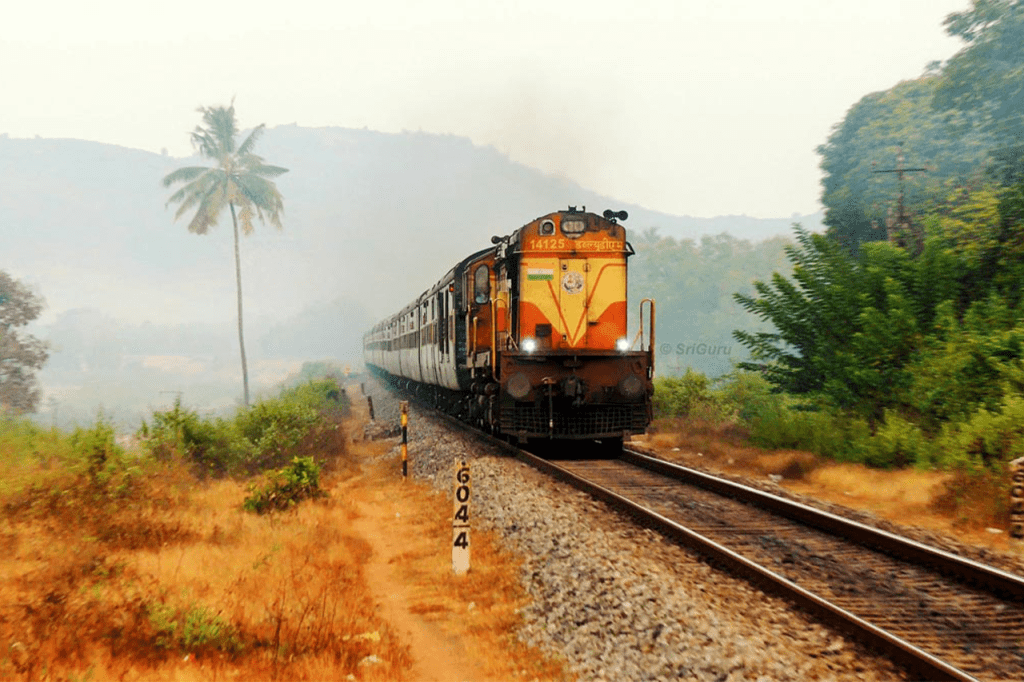
Many people consider India’s railways to be the best legacy the British Raj left for its former colony. Every day, they carry millions of commuters, pilgrims, animals, and presents wrapped in hessian between the four corners of the Subcontinent. However, the network has evolved into a uniquely Indian institution thanks to its hierarchical legion of clerks, chefs, coolies, bearers, ticket inspectors, station managers, and ministers.
The most memorable parts of your journey are probably going to be when you travel across India by train, whether you rough it in dirt-cheap second-class or pamper yourself with starched cotton sheets and hot meals in an a/c carriage. With hundreds of people from all walks of life eating, sleeping, buying, and selling at all hours, the stations, which are open 24/7, are frequently fantastic places to observe the world go by. You’ll also get used to one of the distinctive noises of the Indian Subcontinent here: the robotic drone of the chai-wallah dispensing cups of hot, sweet tea.
The Geography of India
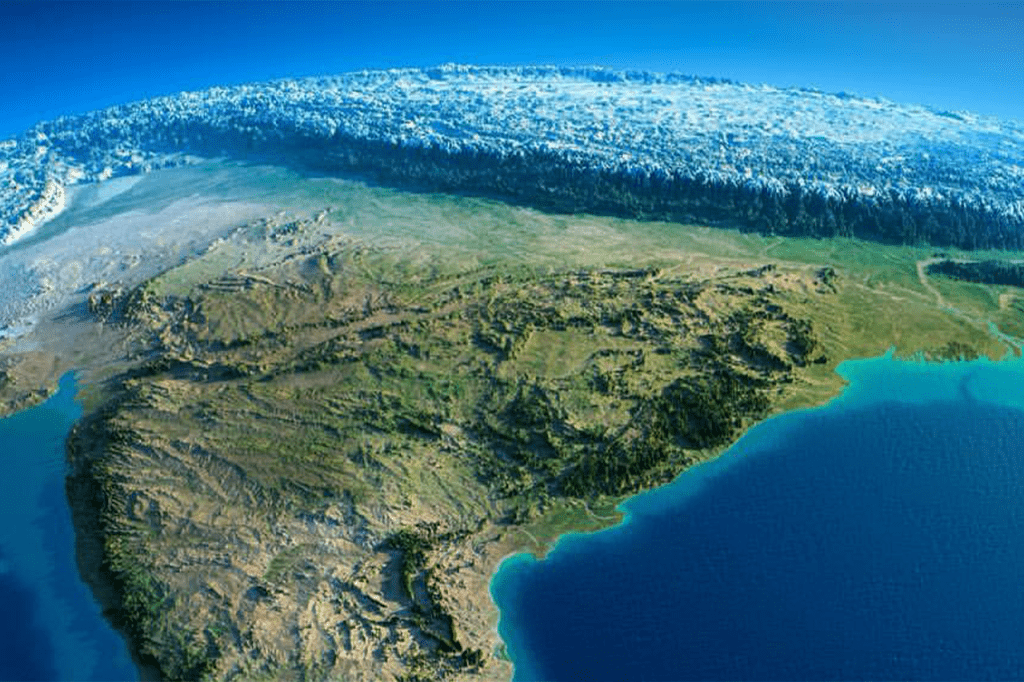
There may not be a nation that is more overtly religious than India. For followers of the dozen or more faiths with roots here, the Subcontinent’s natural landscape—with its rivers, waterfalls, trees, hilltops, mountains, and rocks—comprises a huge sacred geography. A network of pilgrimage routes connects the nation’s numerous holy sites, and along these routes, tens of thousands of worshippers may be travelling at any given time in ordinary trains, adorned buses, tinsel-covered bicycles, barefoot, alone, or in loud family groupings.
The Travel Restrictions and Rules Related to Covid-19

Mansukh Mandaviya, the Federal Health Minister of India, declared on December 29 that beginning on January 1, 2023, RT-PCR testing would be required for all international travellers arriving in India from China, Hong Kong, Japan, South Korea, Singapore, and Thailand. After starting the voyage to India, the test must be taken within 72 hours. The Air Suvidha portal must have these negative RT-PCR reports uploaded before the trip. This requirement is in addition to the random 2-percent tests administered to all foreign passengers on all inbound aircraft to India, regardless of the port of departure.
Conclusion
So, this was the complete travel guide for India for both international and domestic travellers who wanted to explore the many facets of the country. Come and explore the most important and versatile Indian travel destinations in 2023.
If you found the article interesting and helpful, do leave a comment in the comment box below. And for more such news, keep watching this space.
